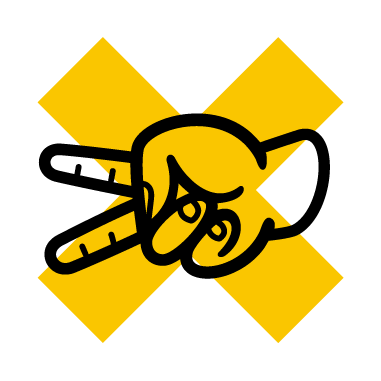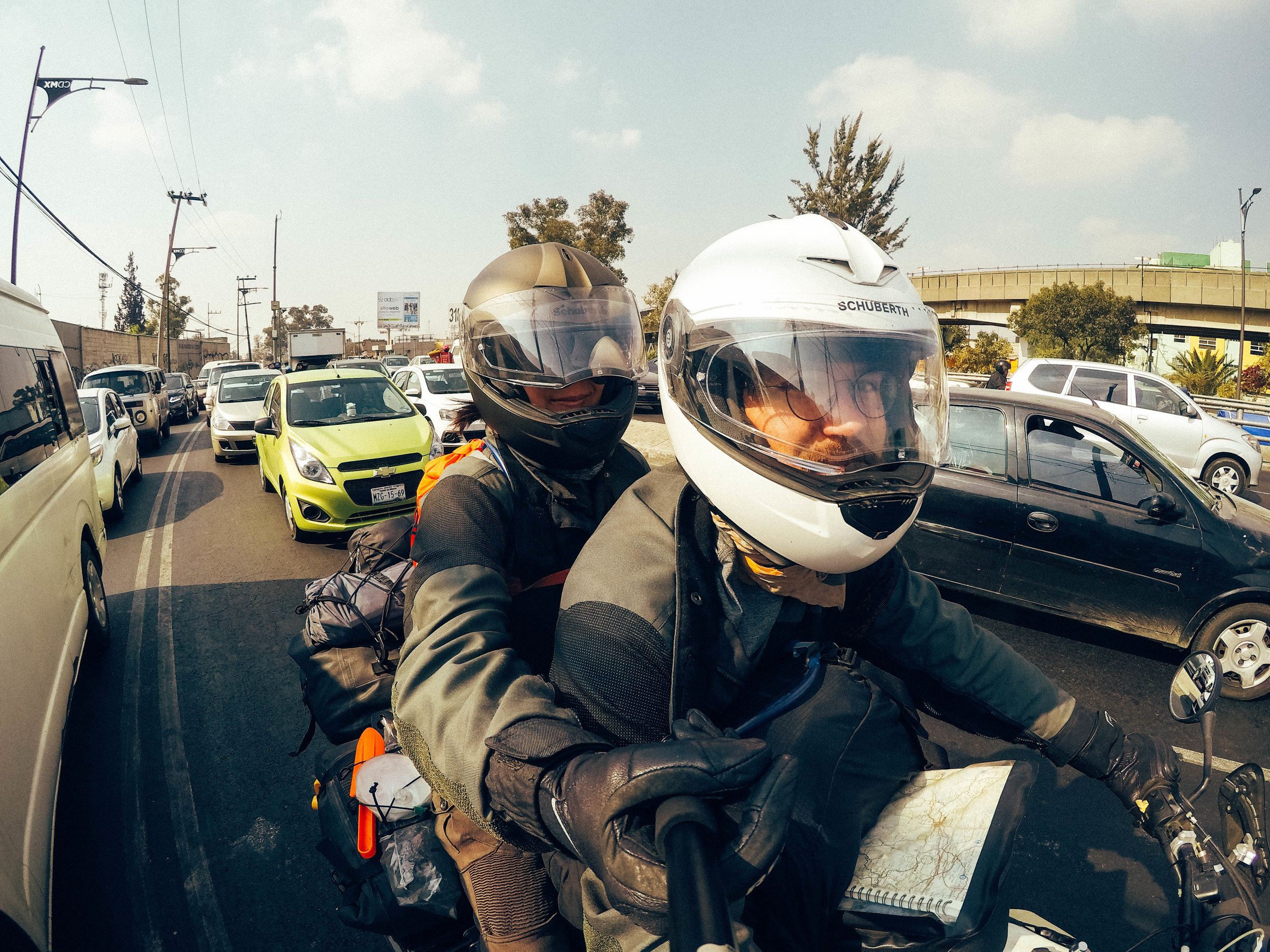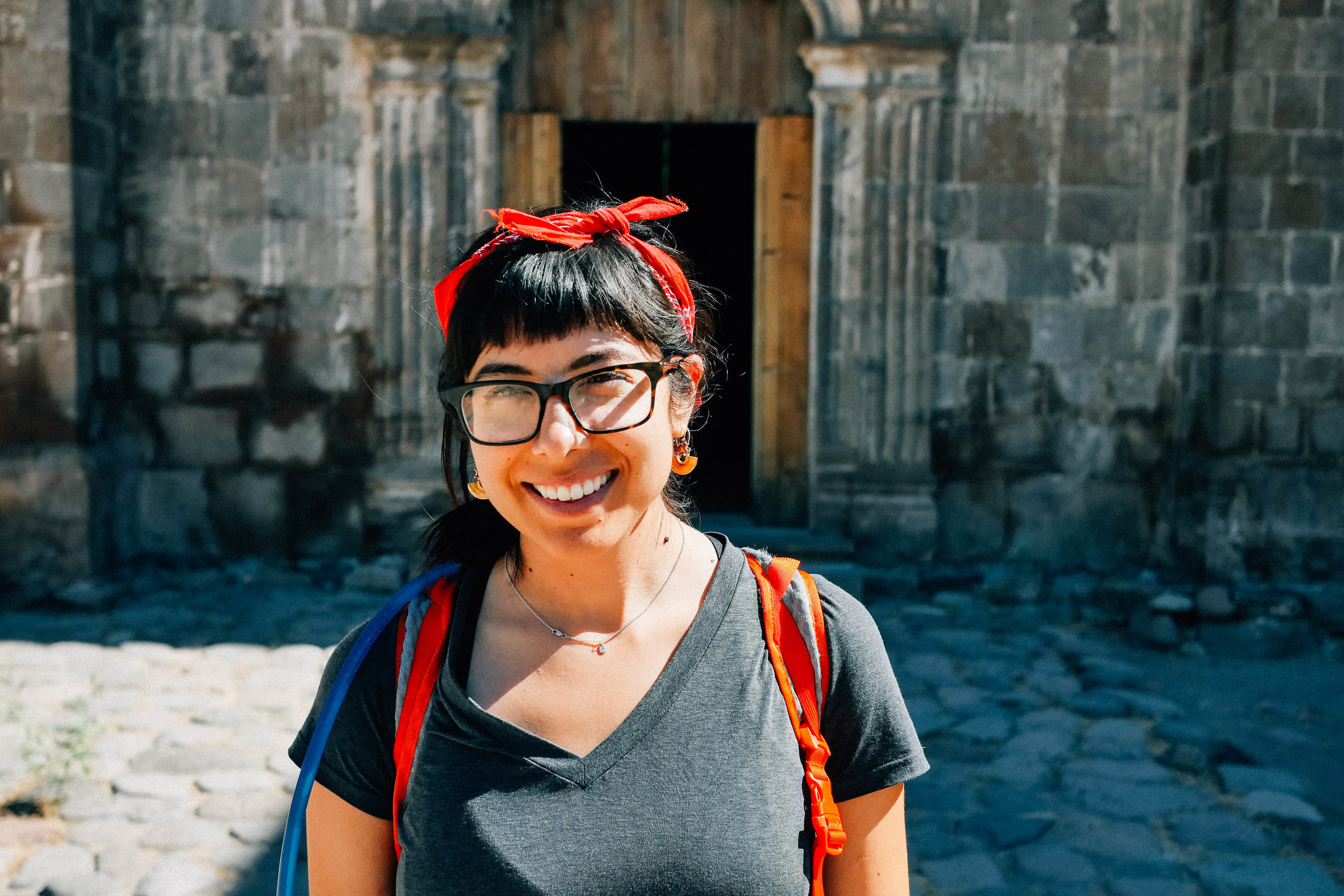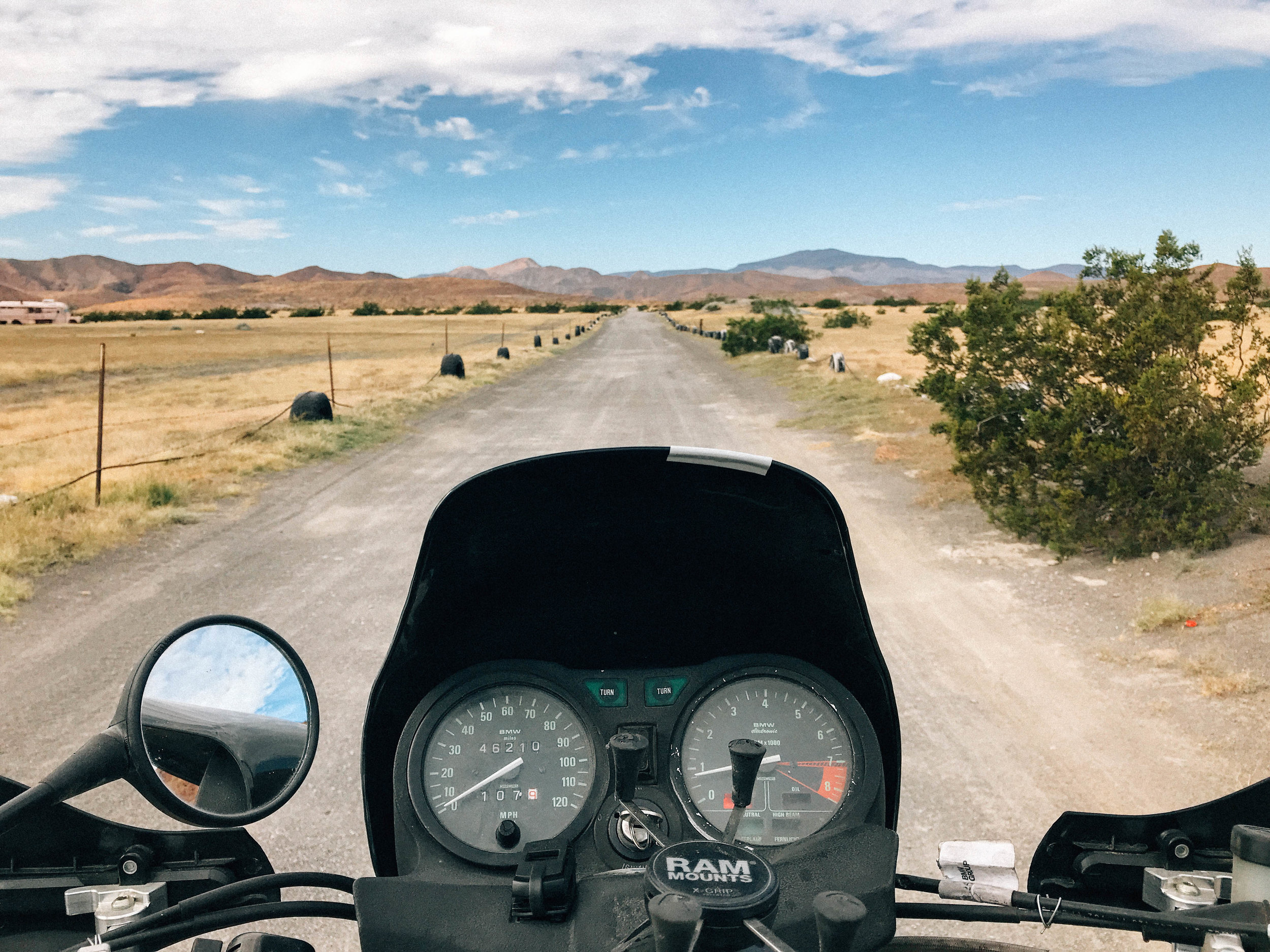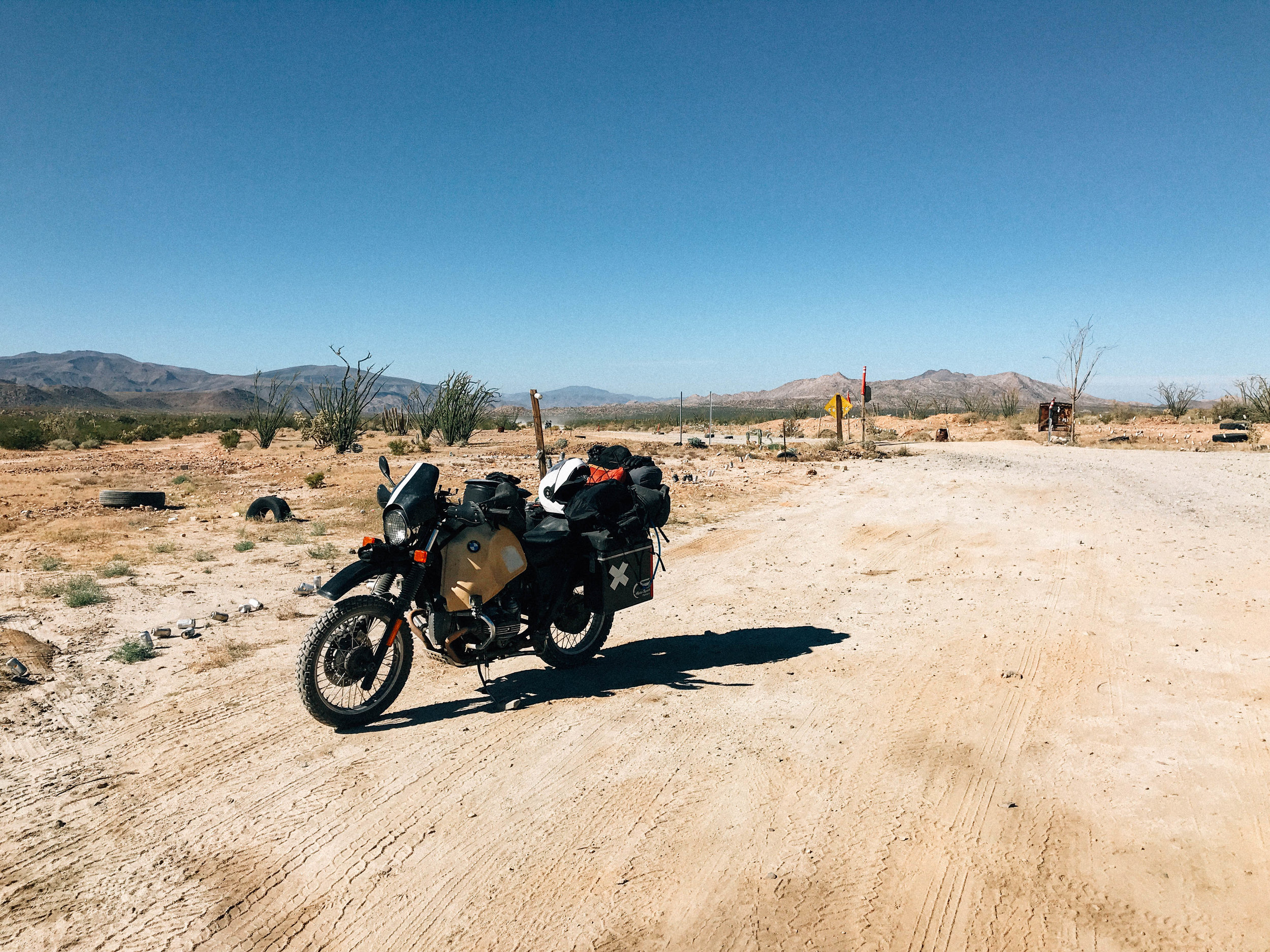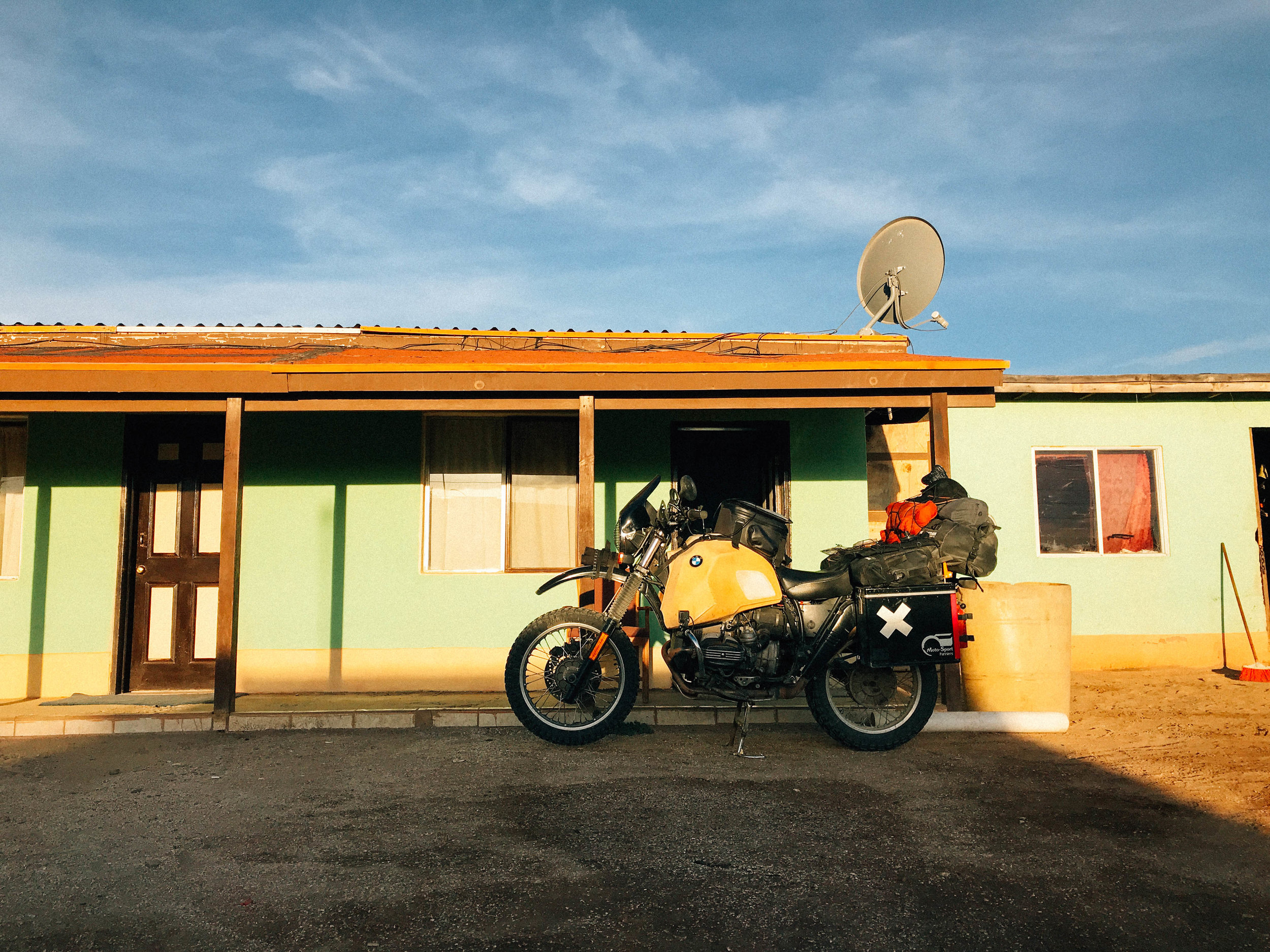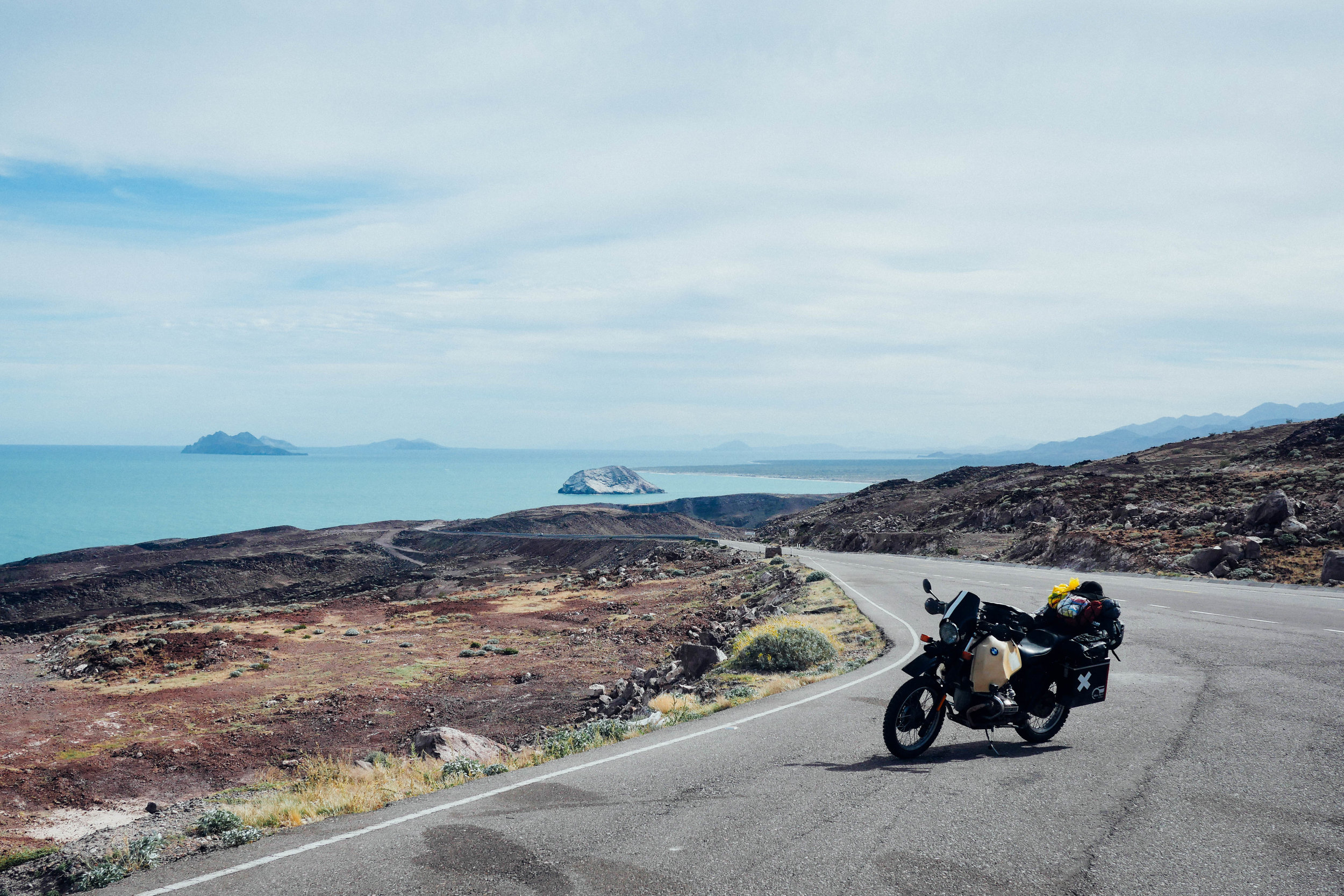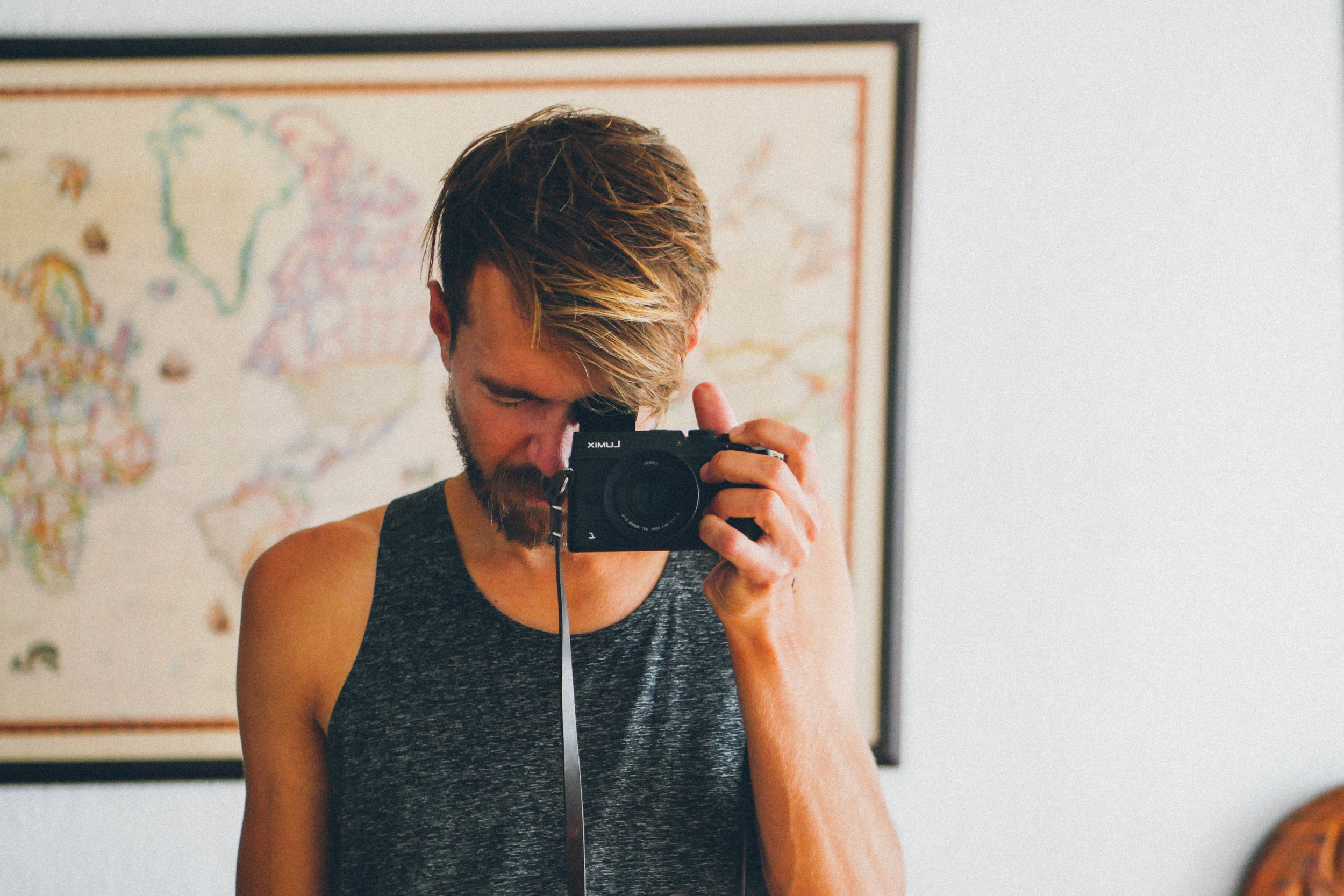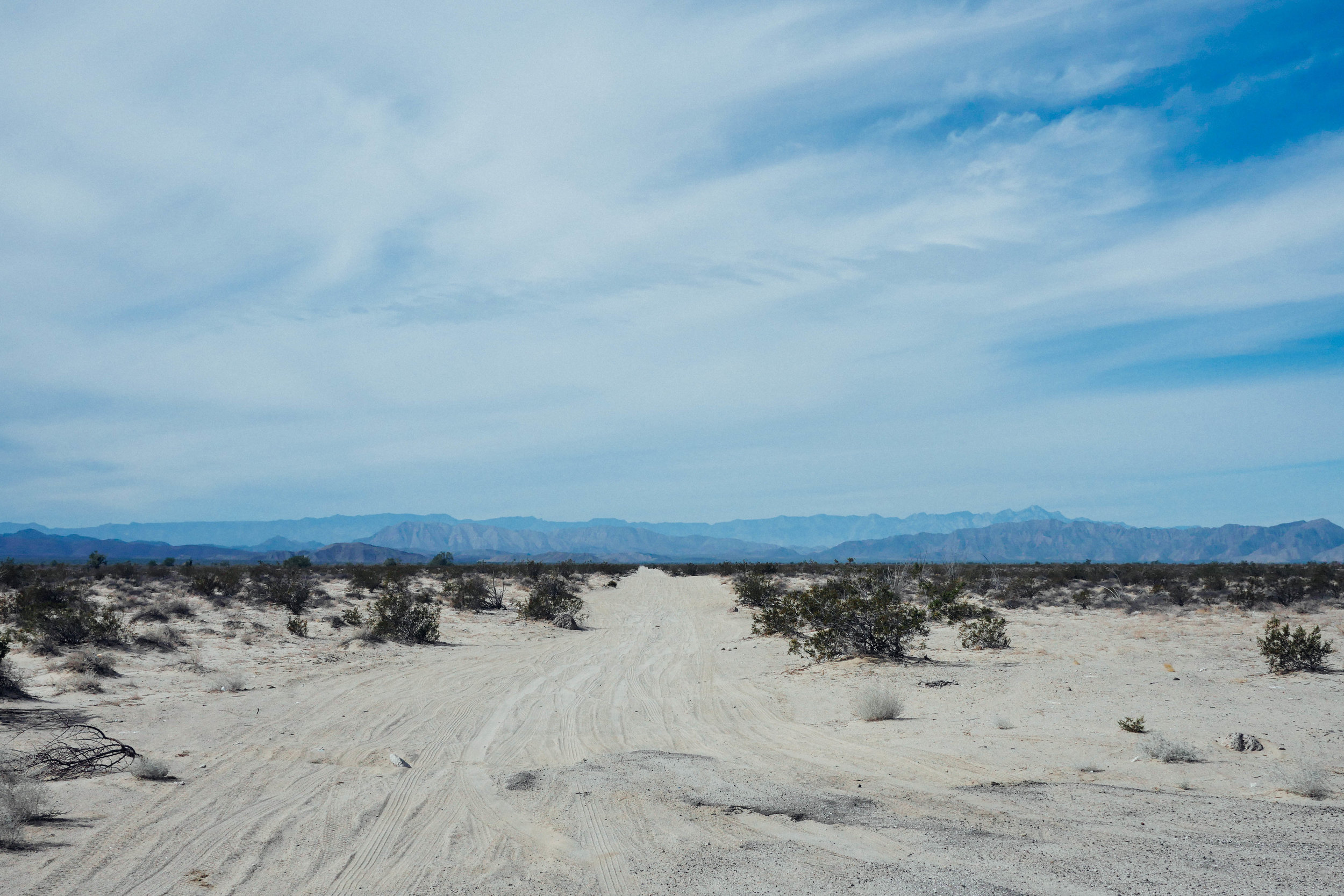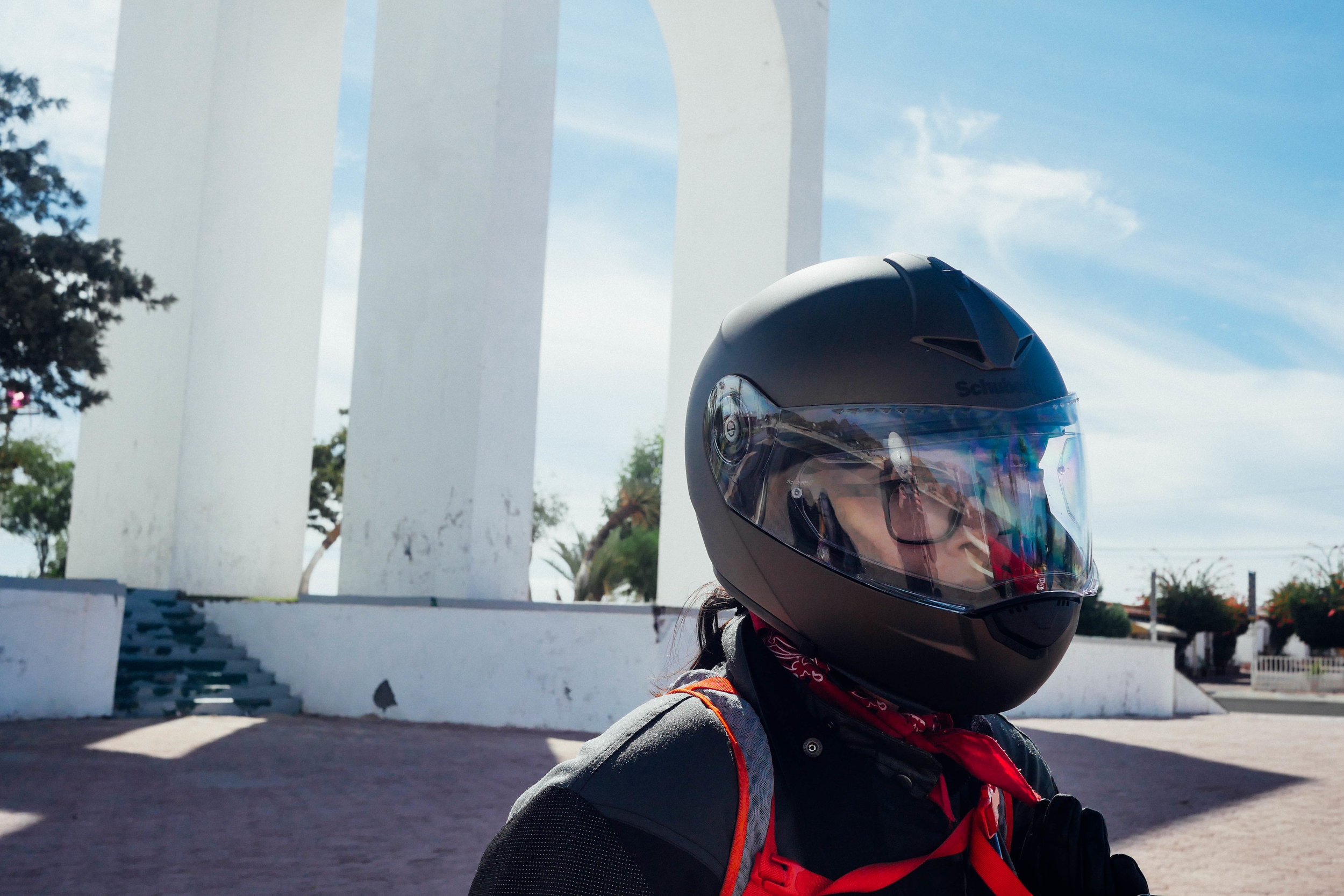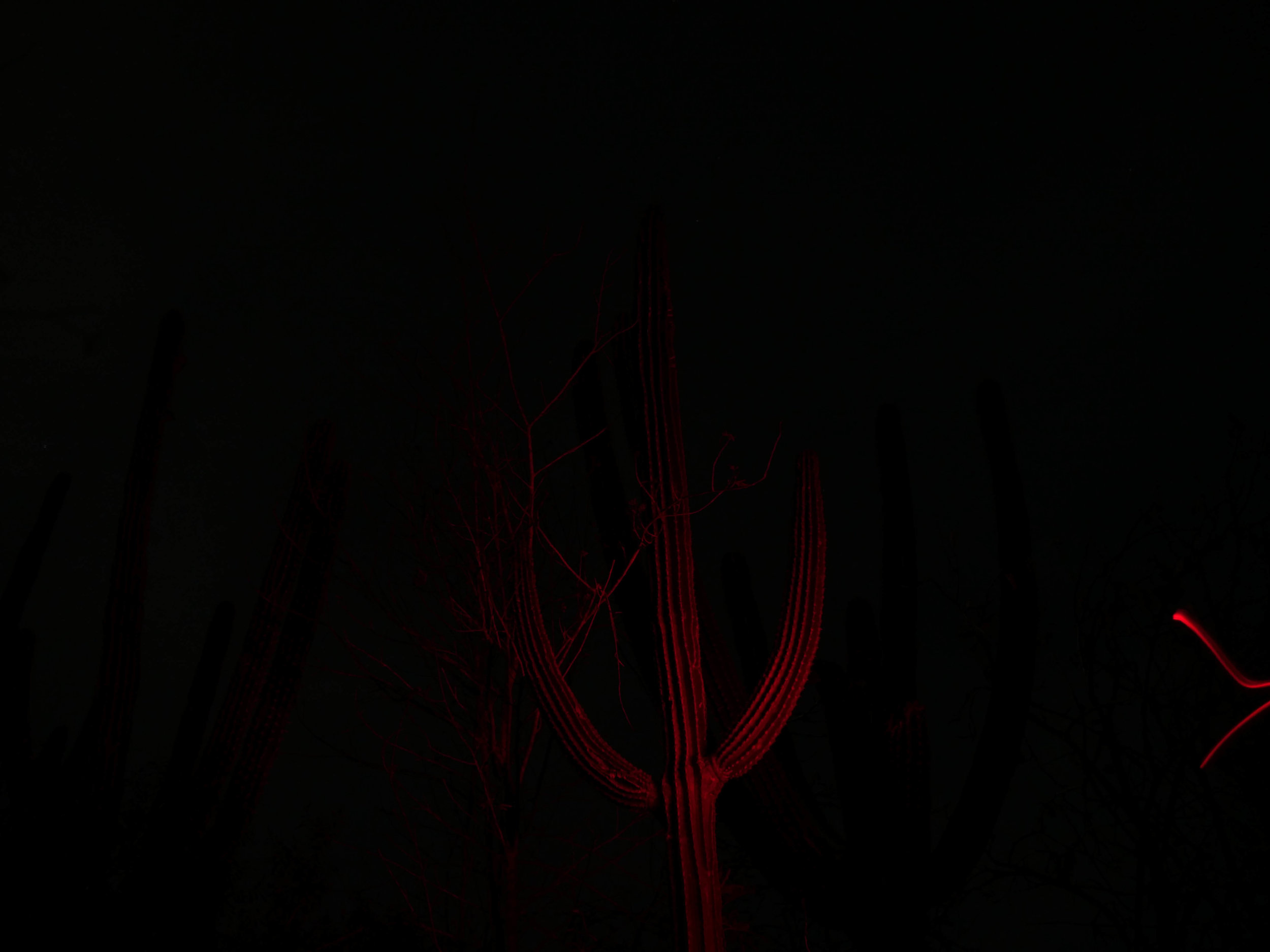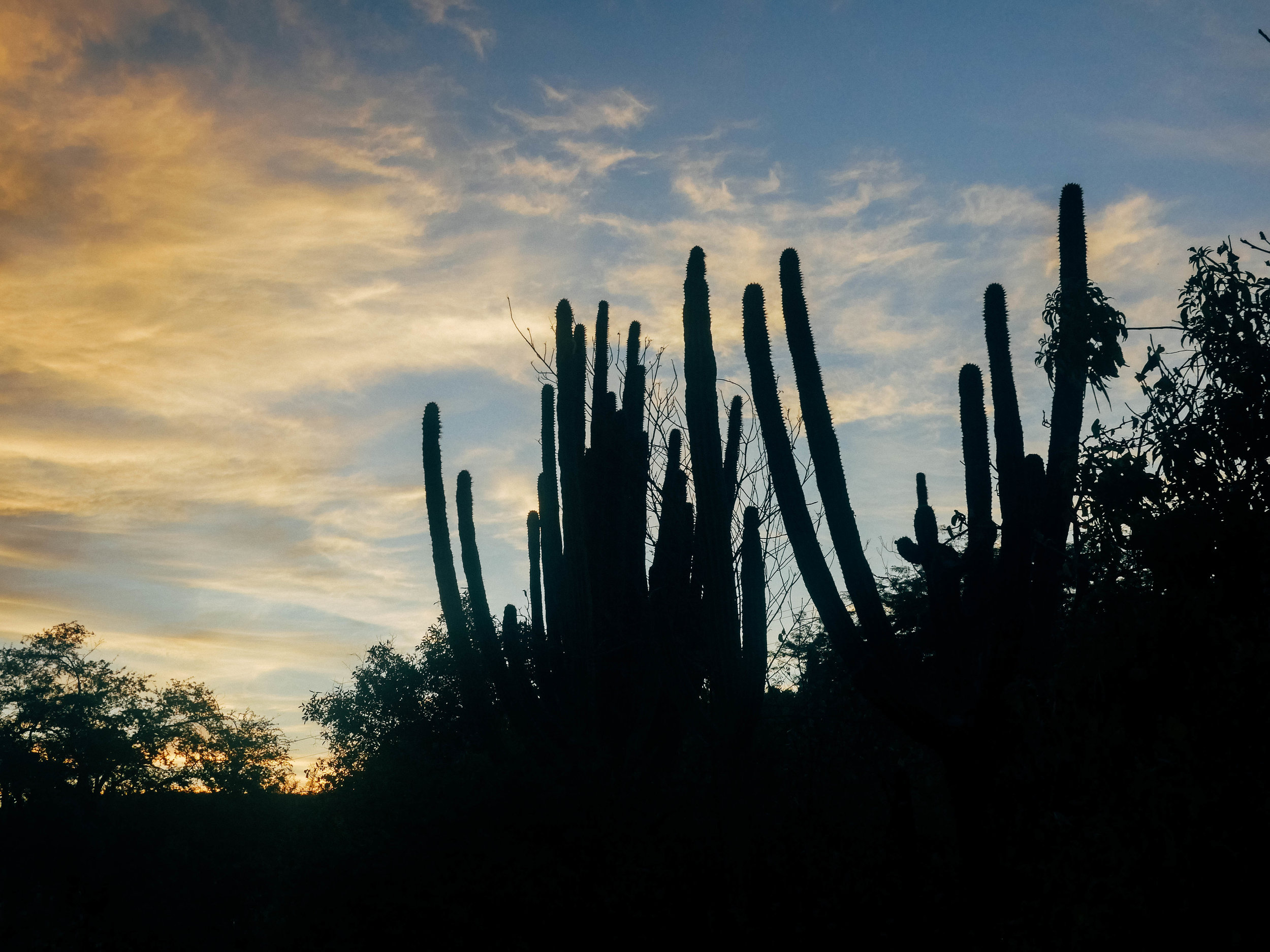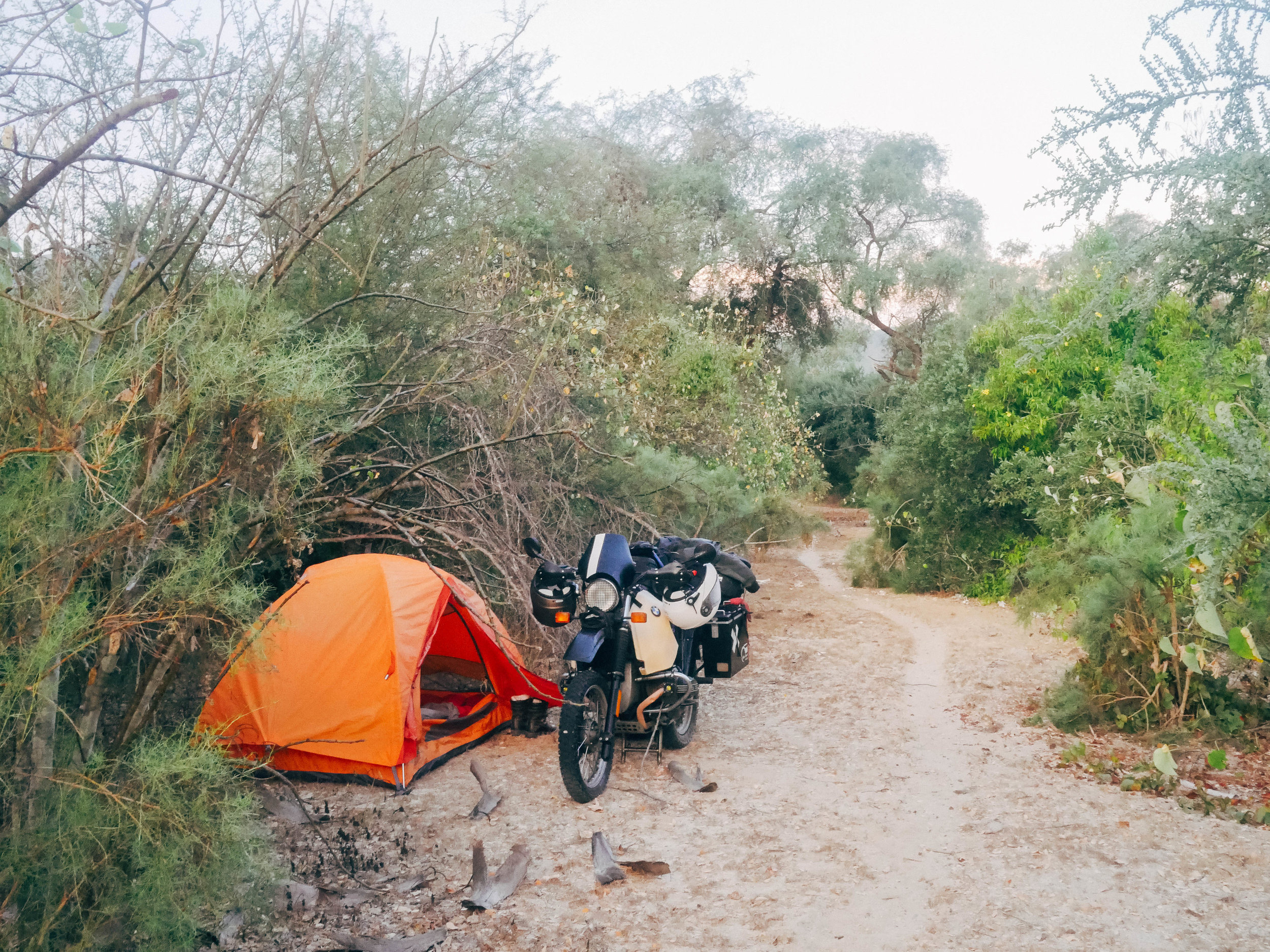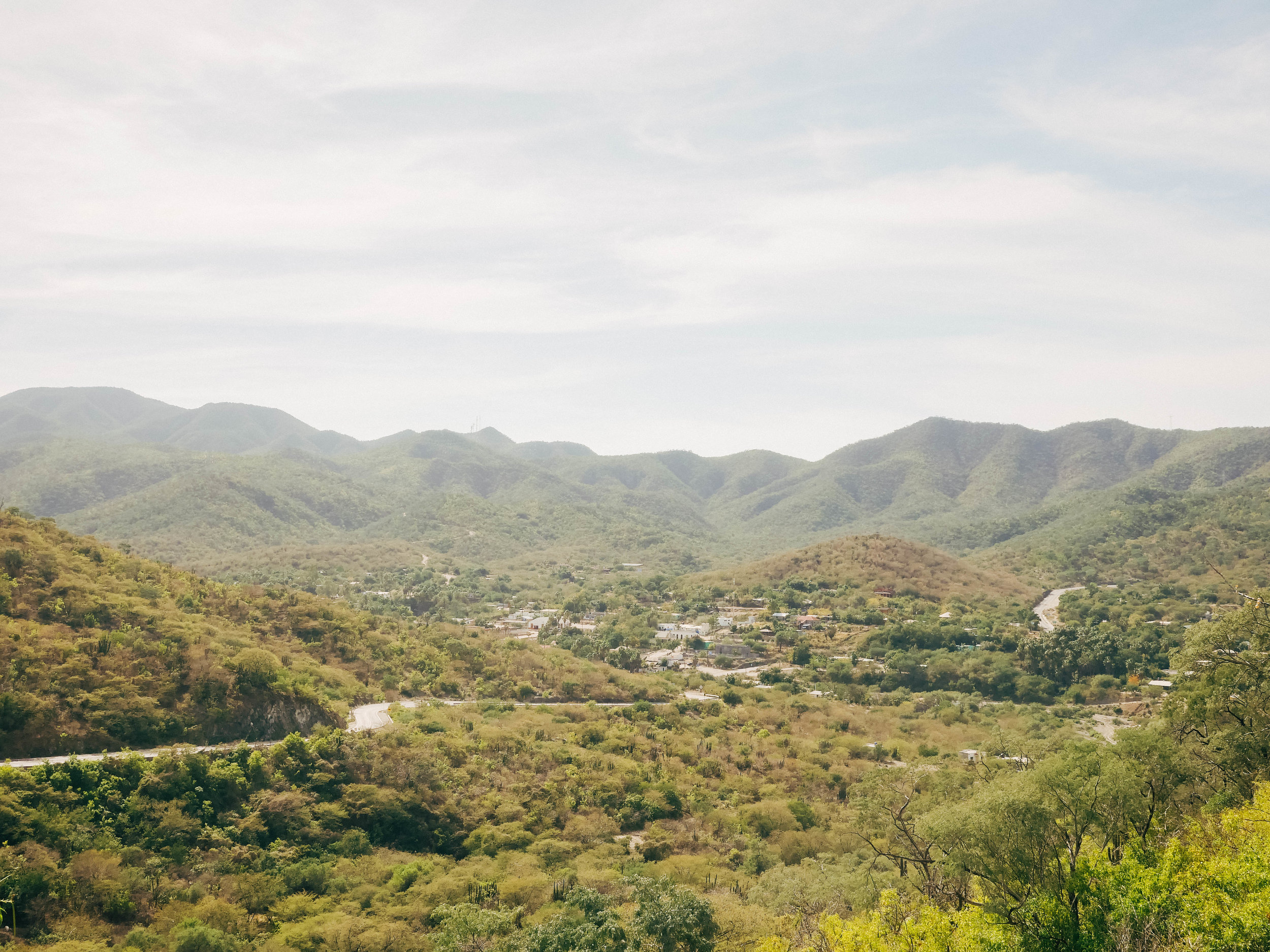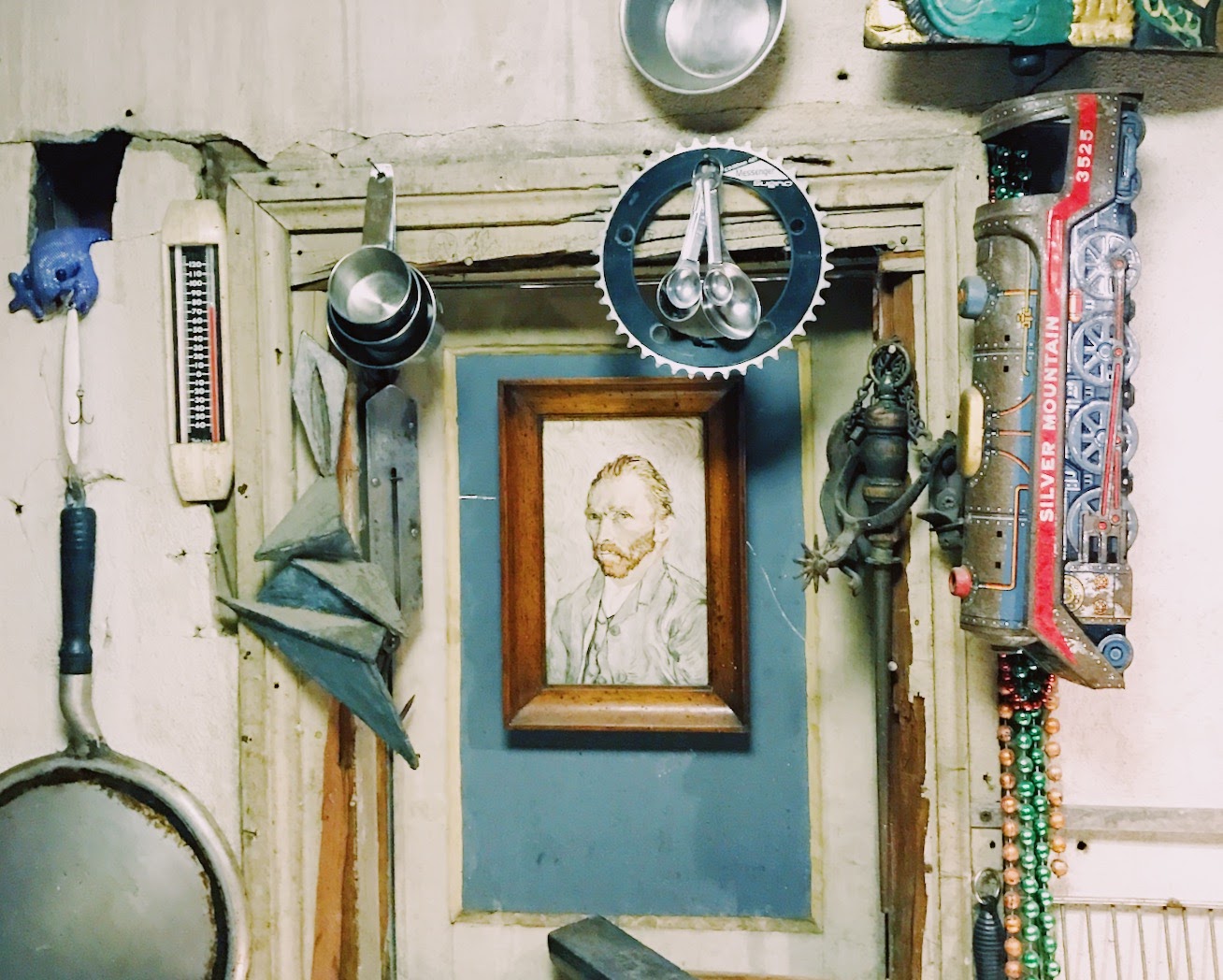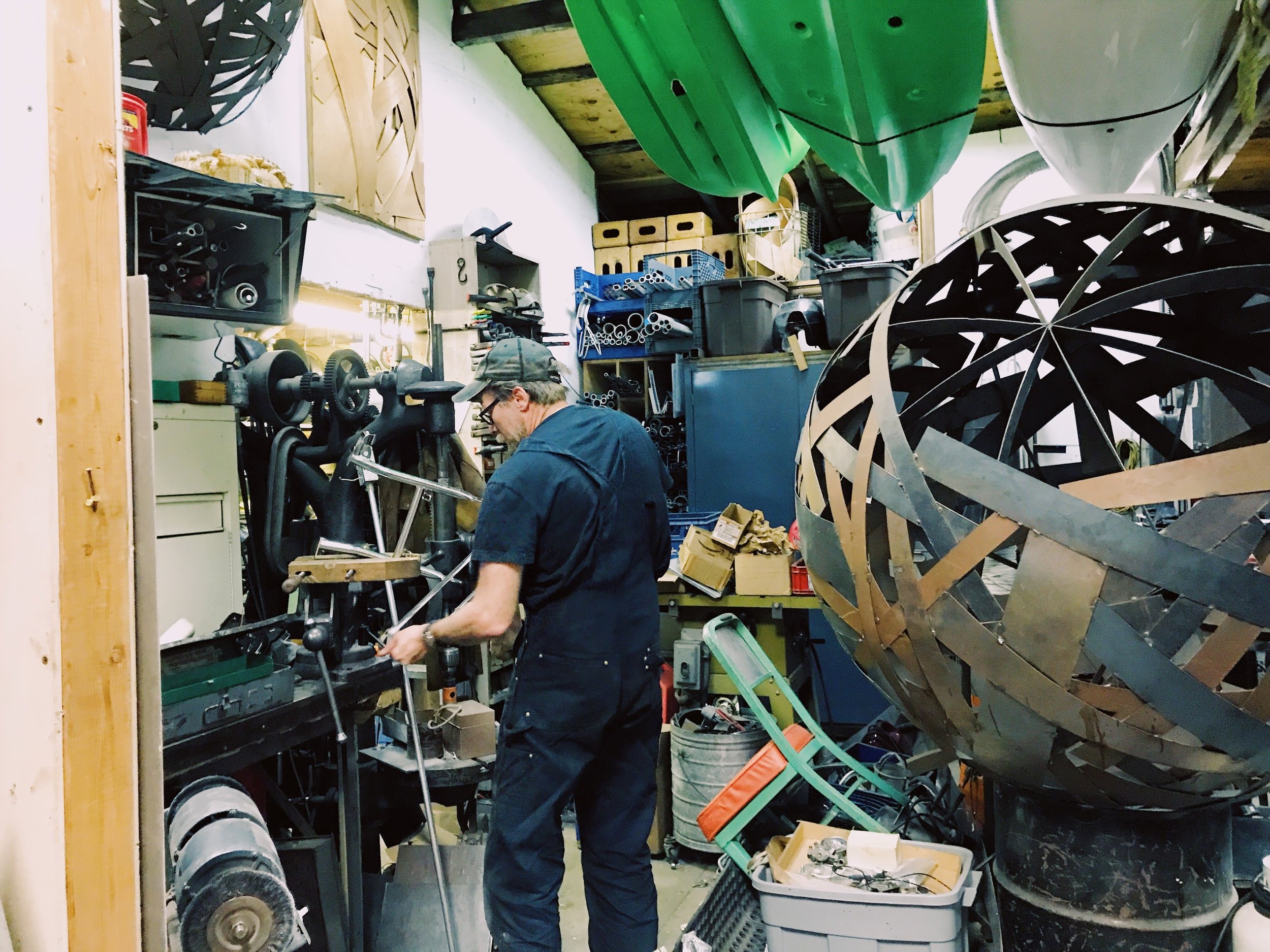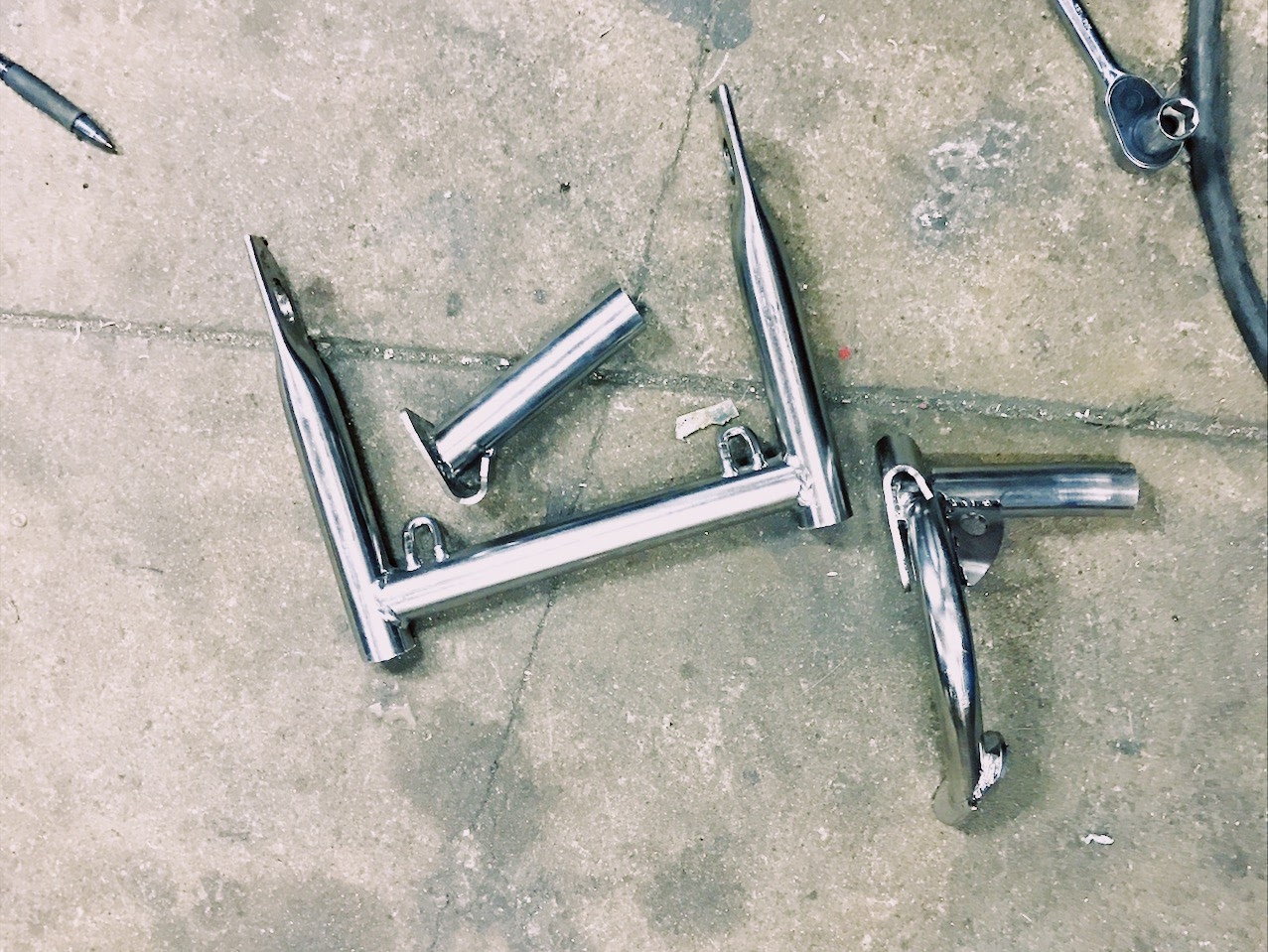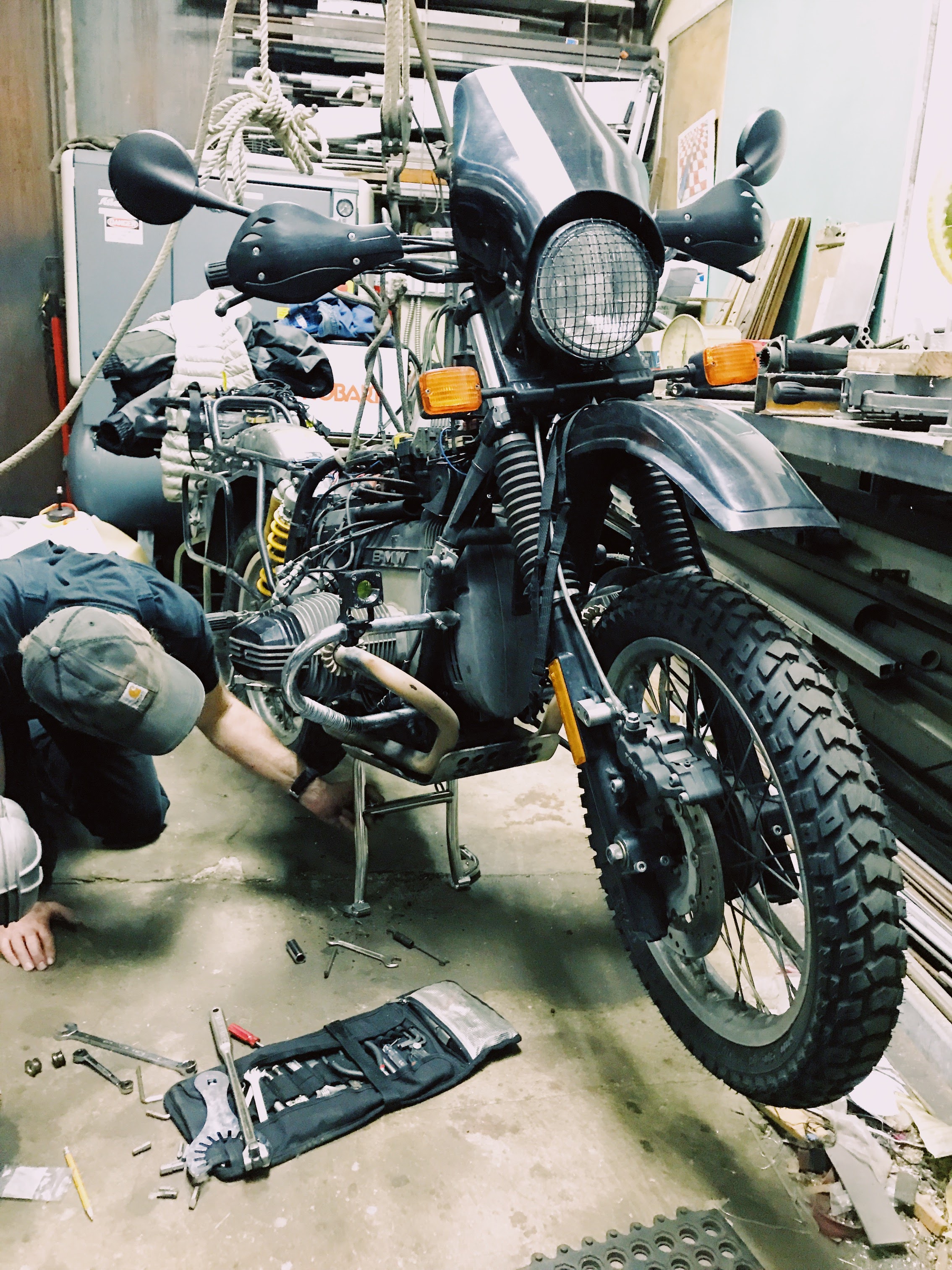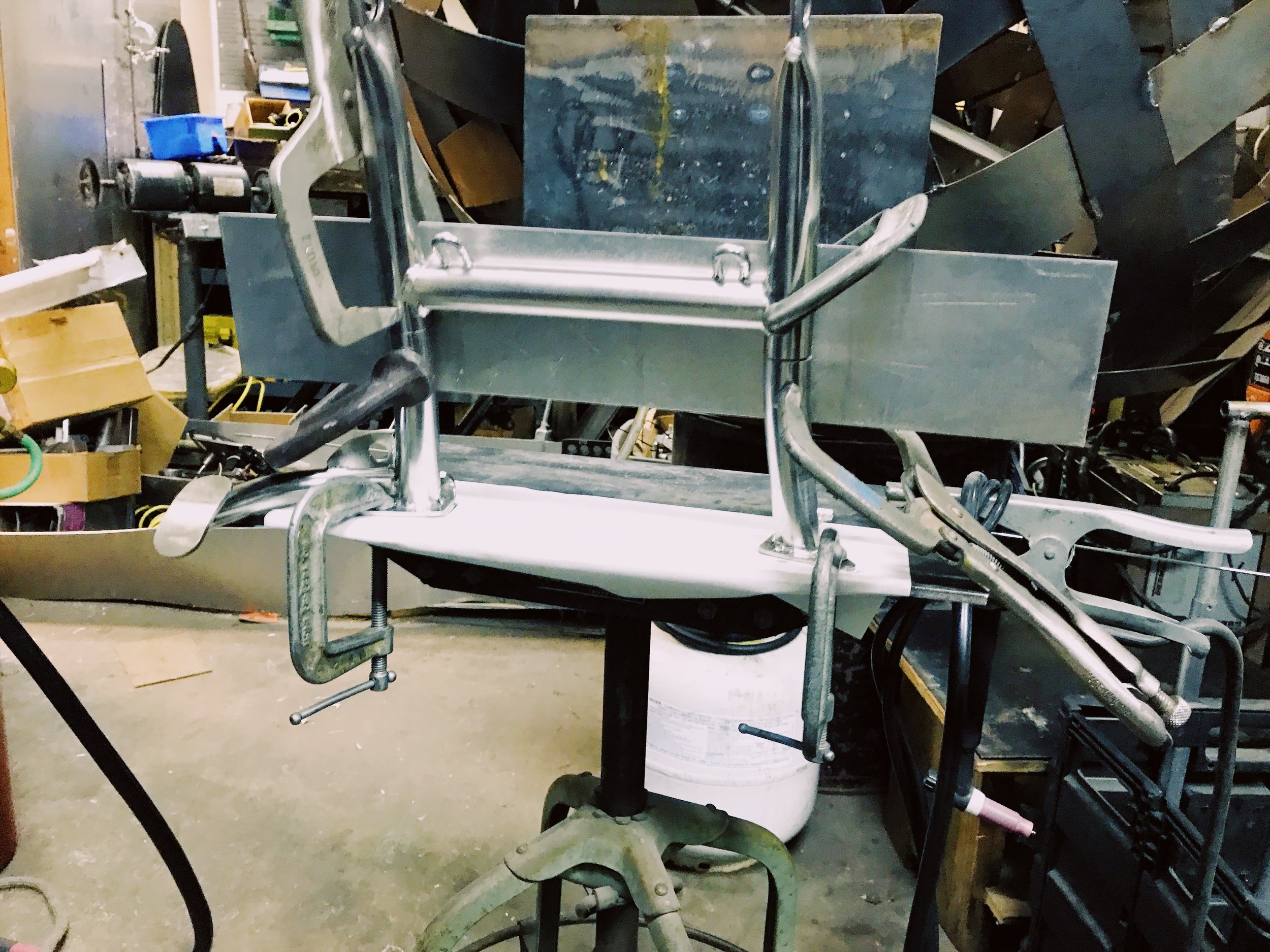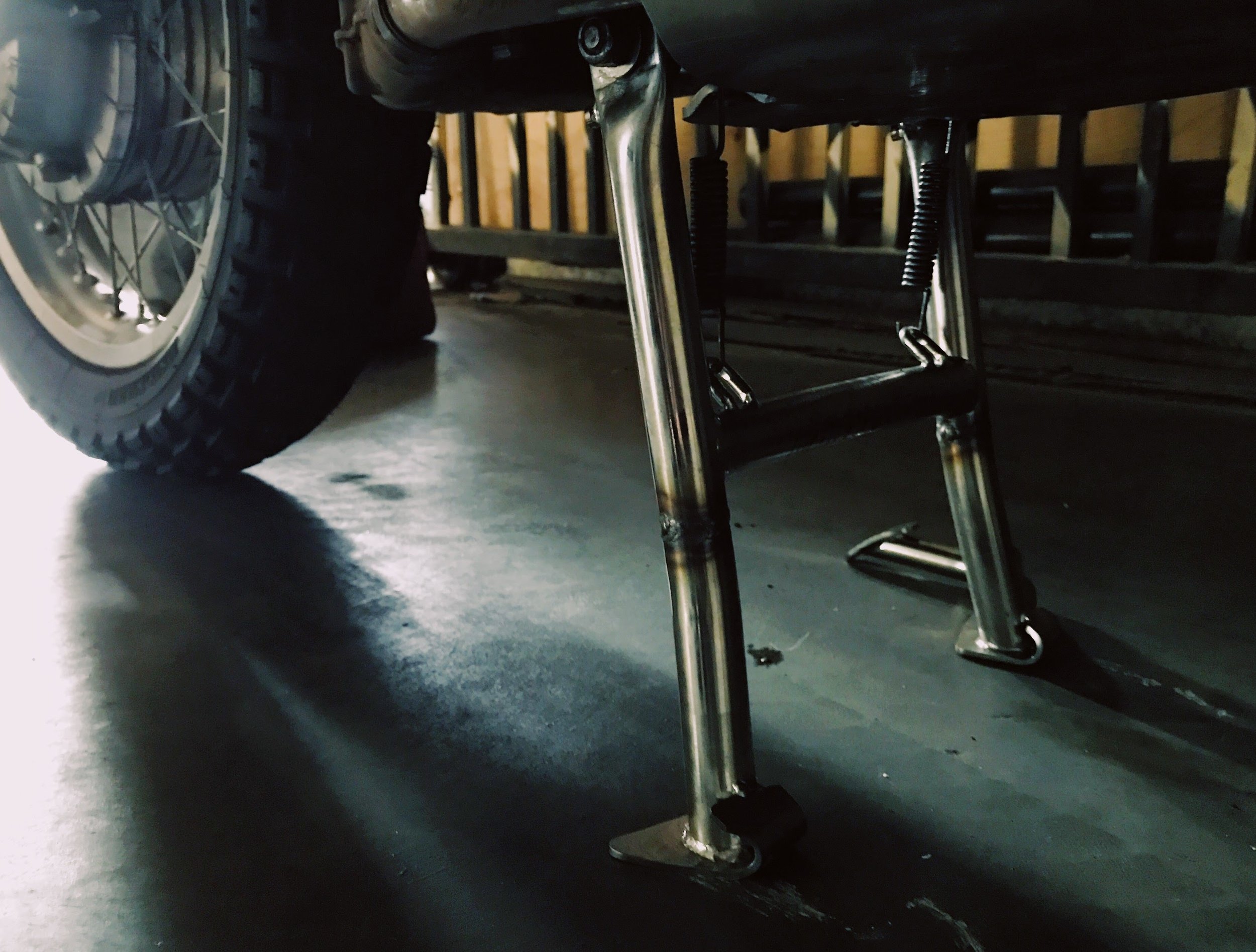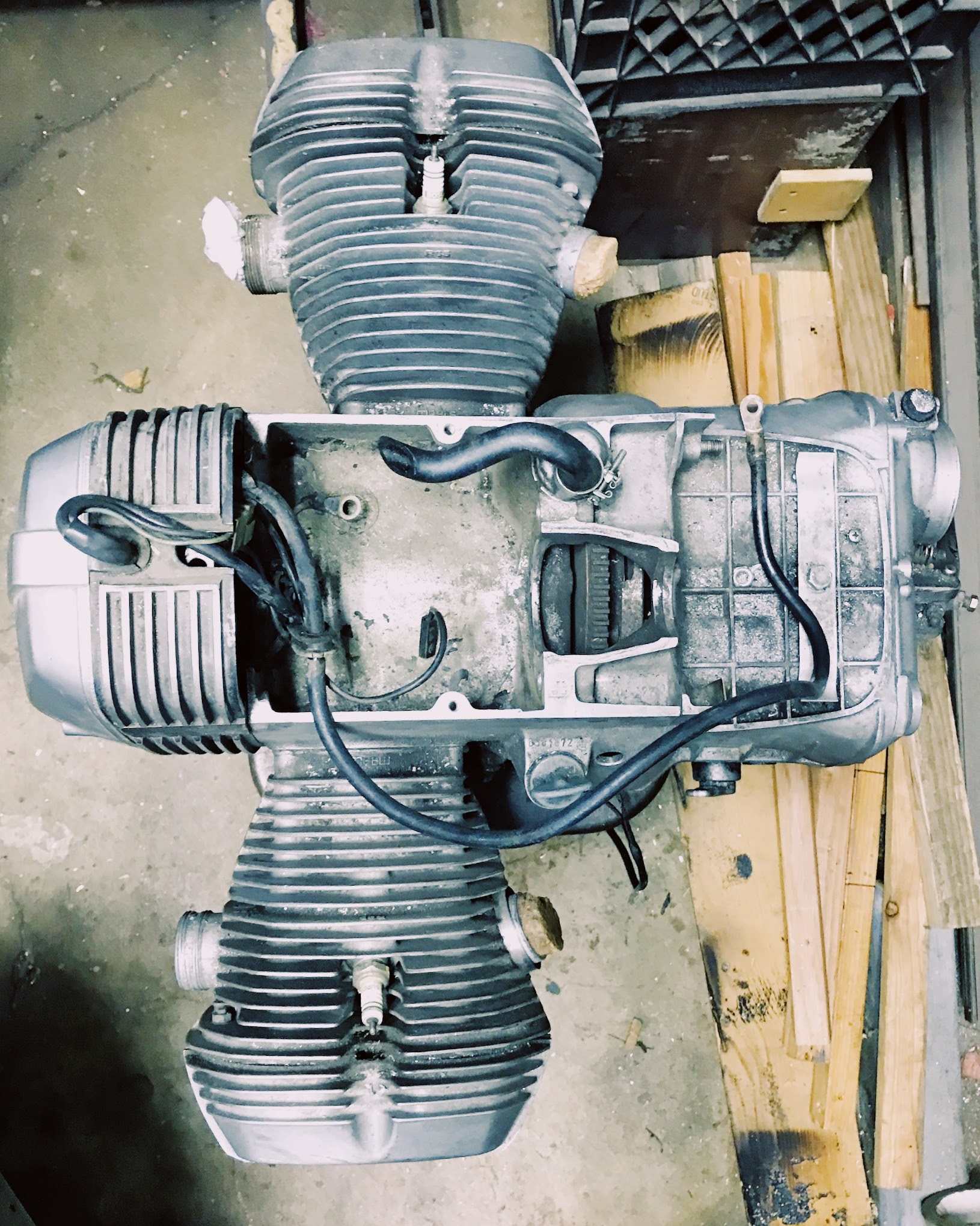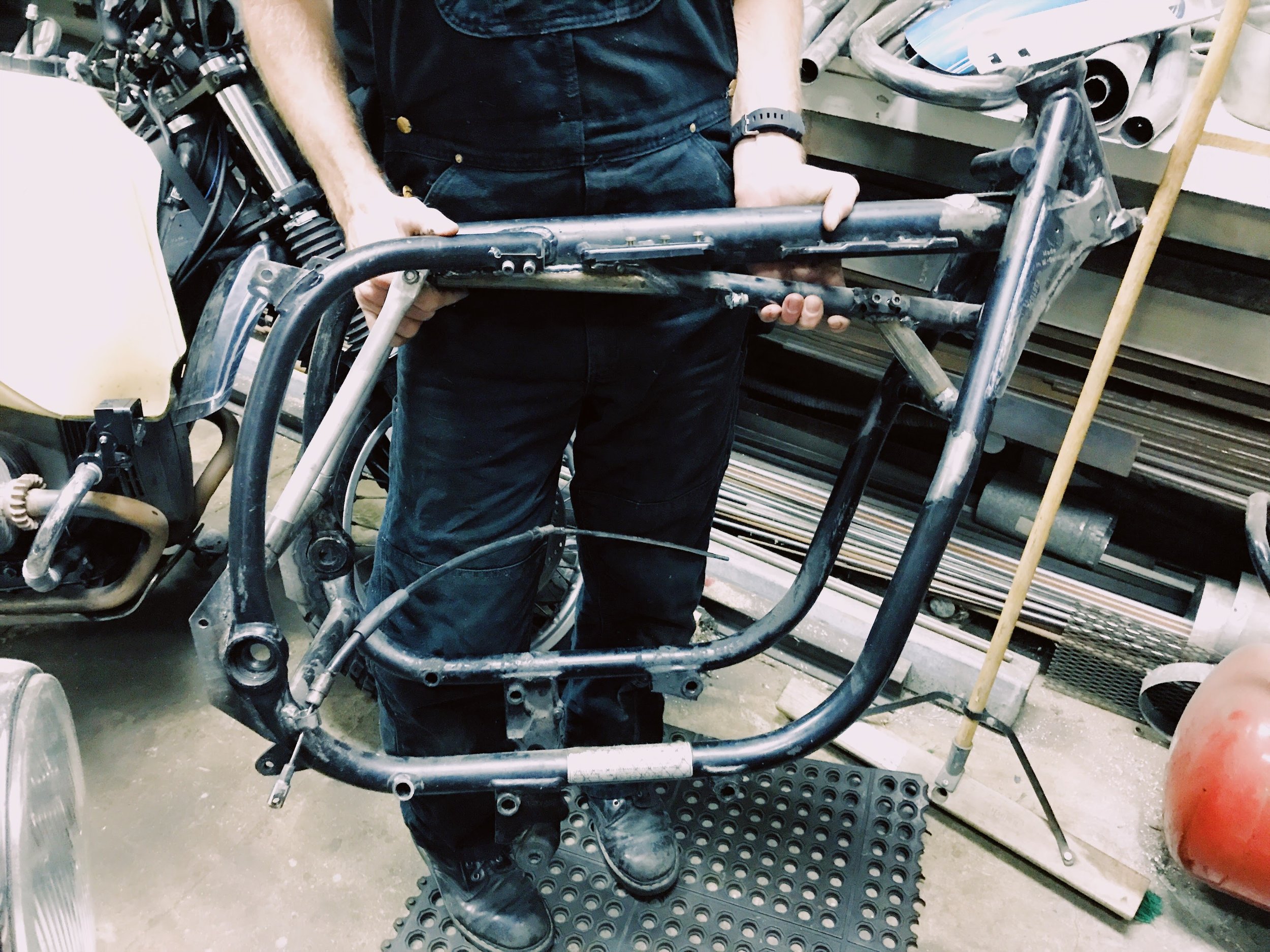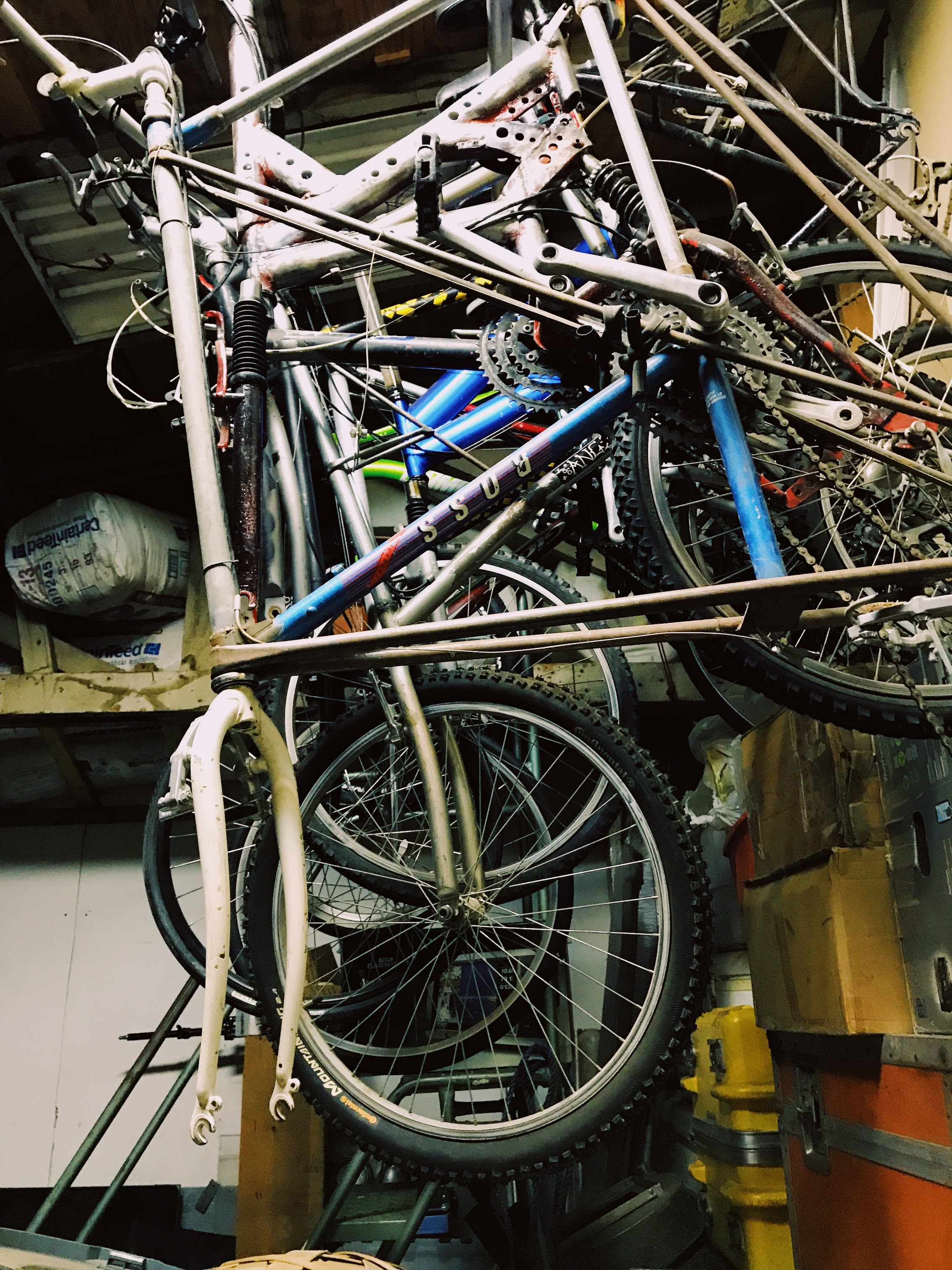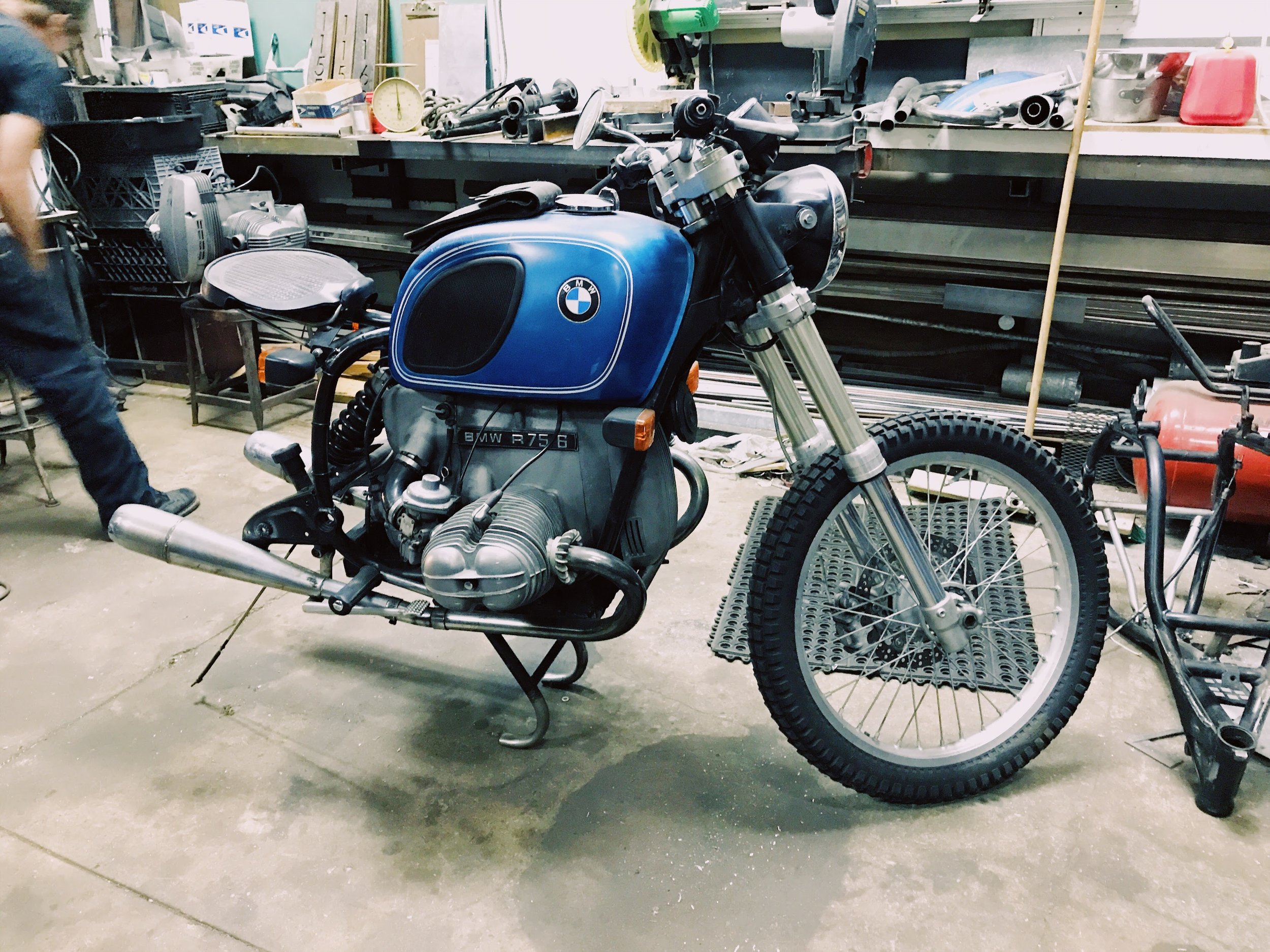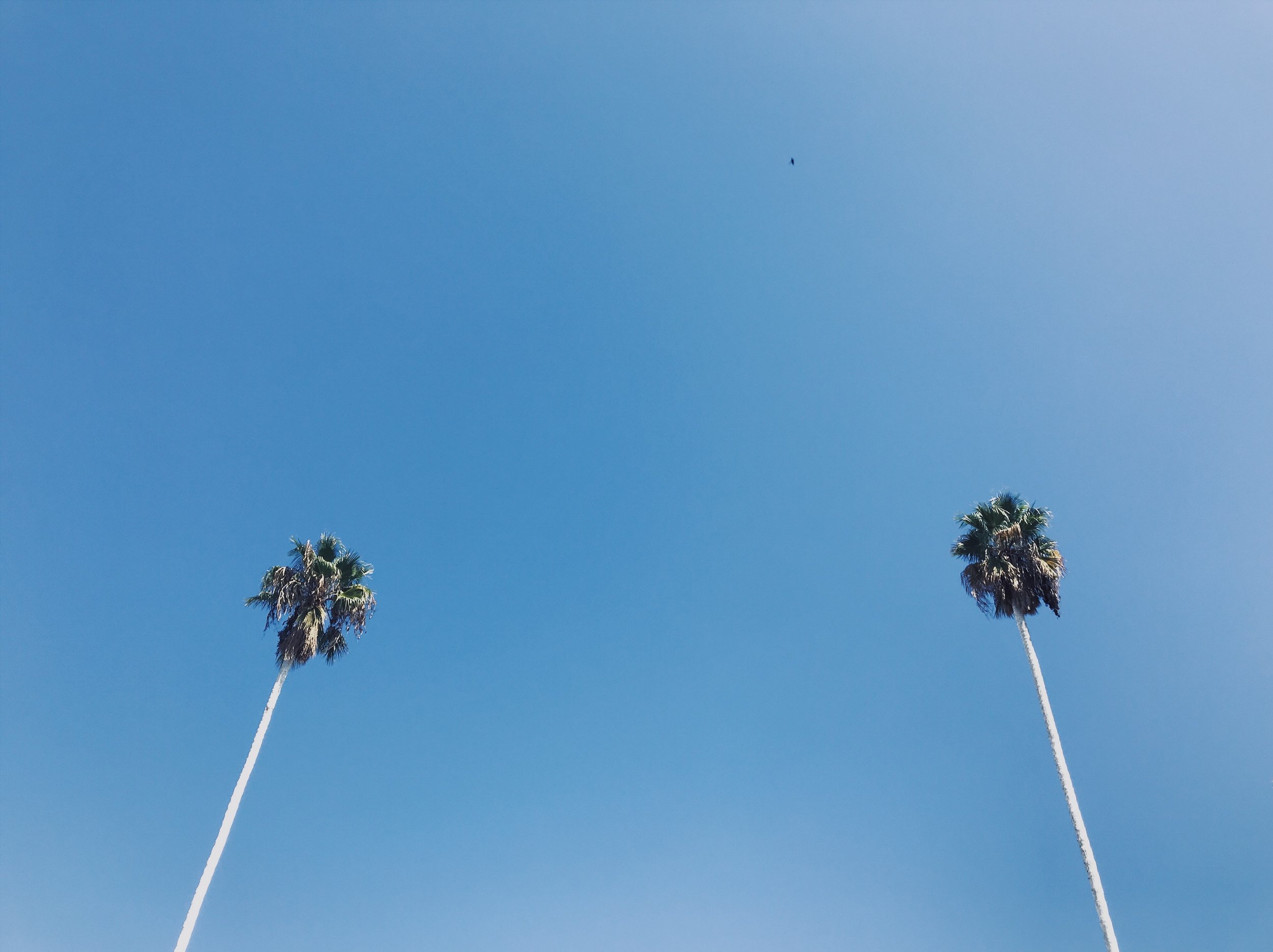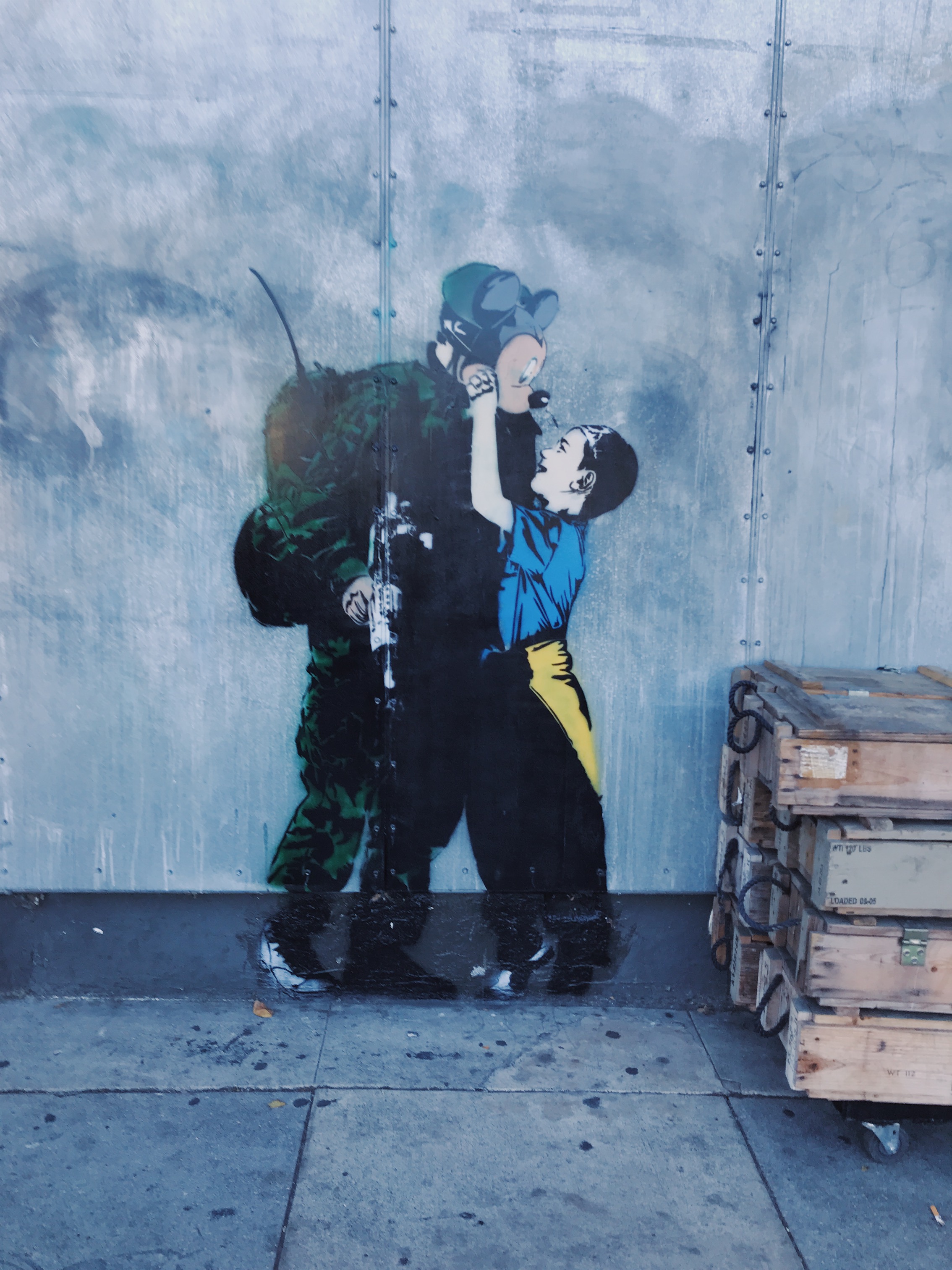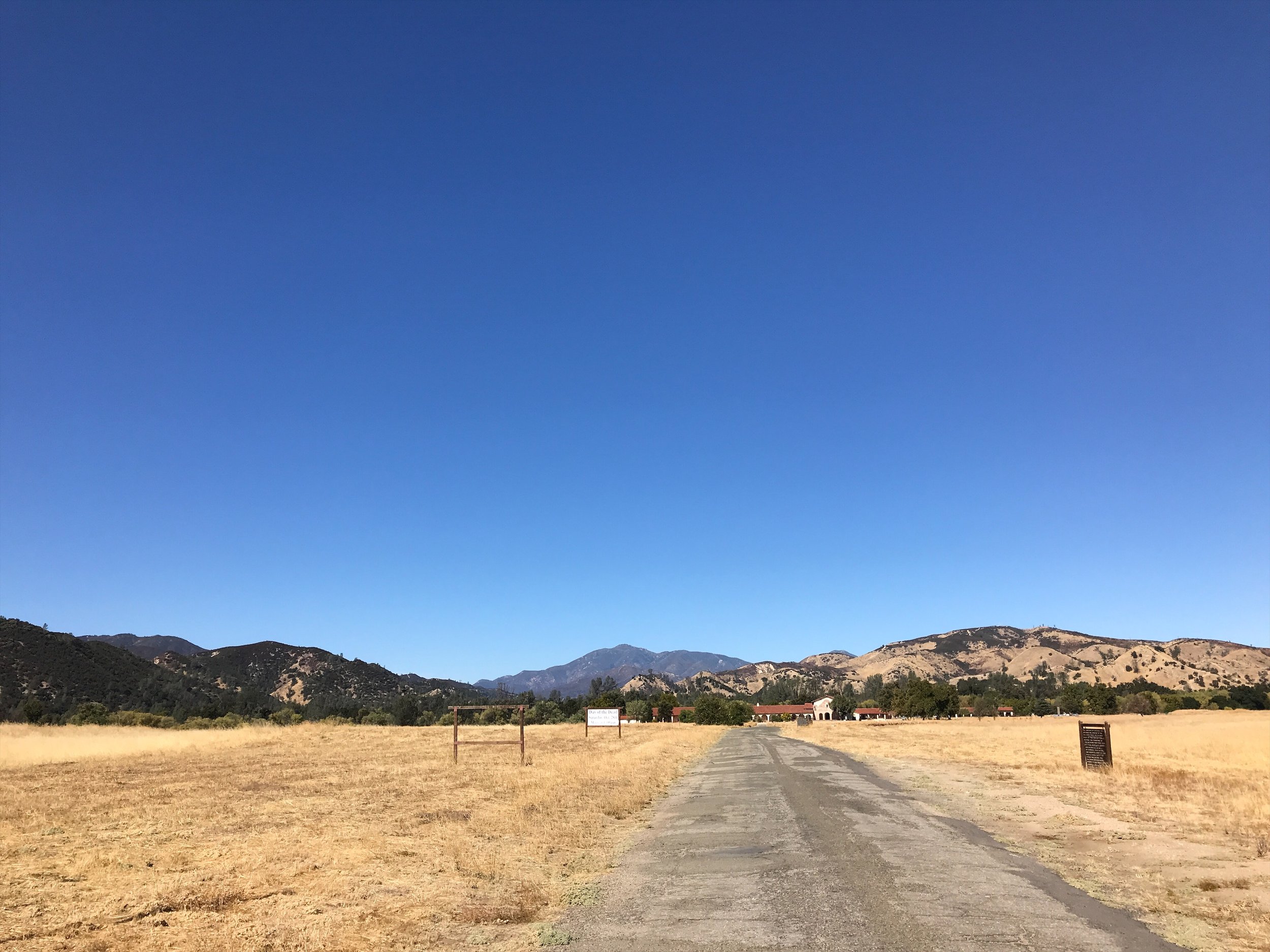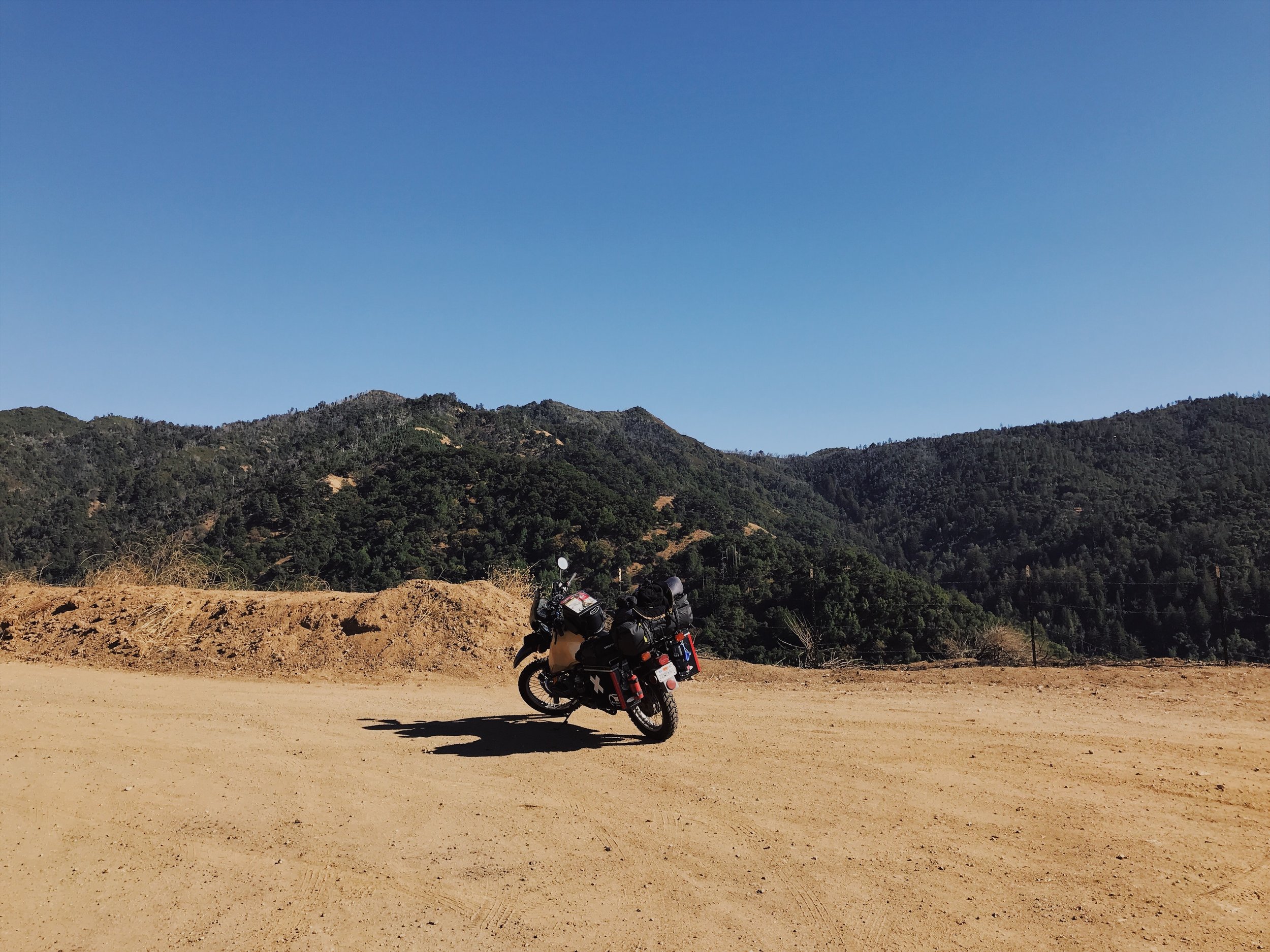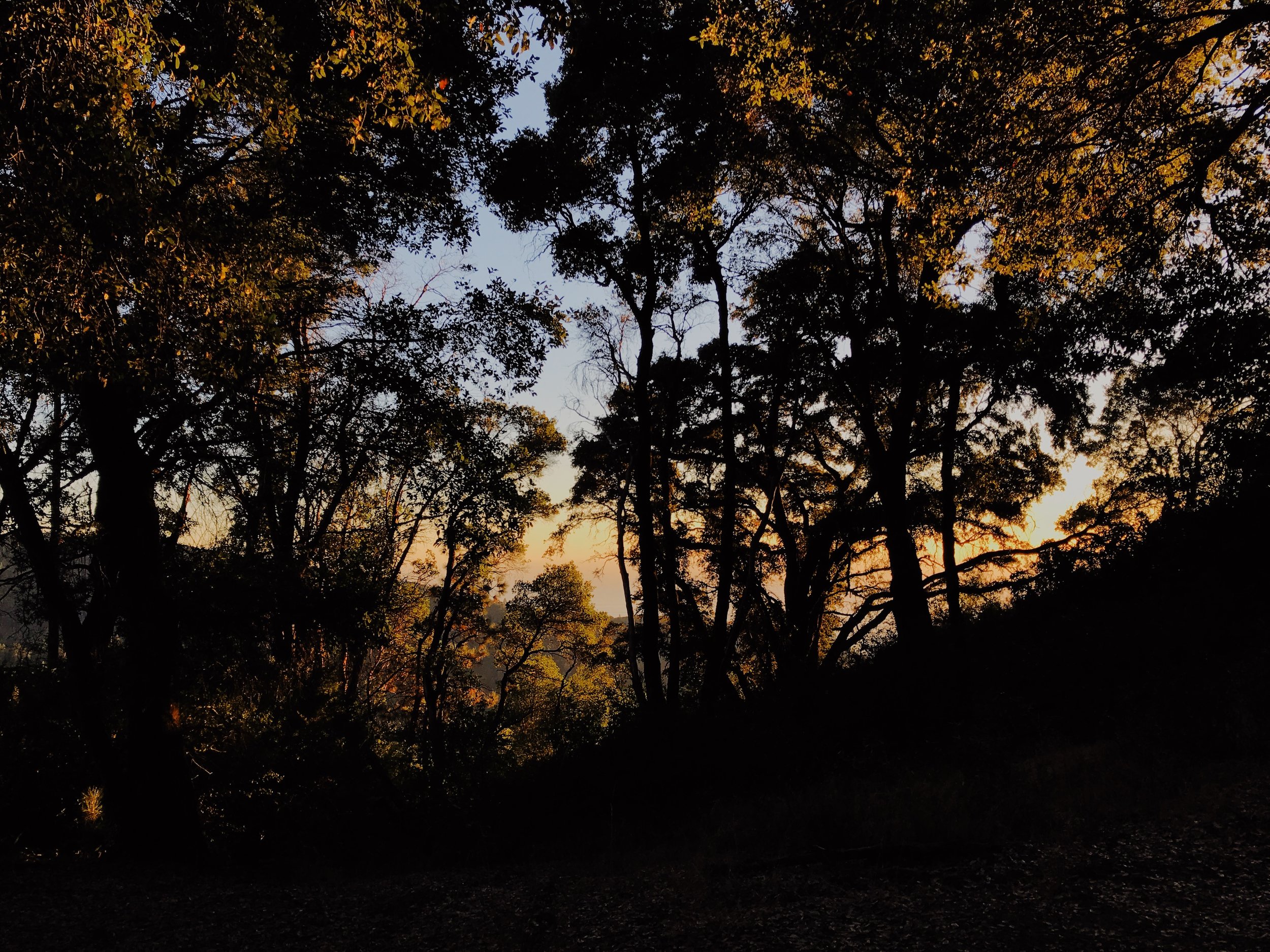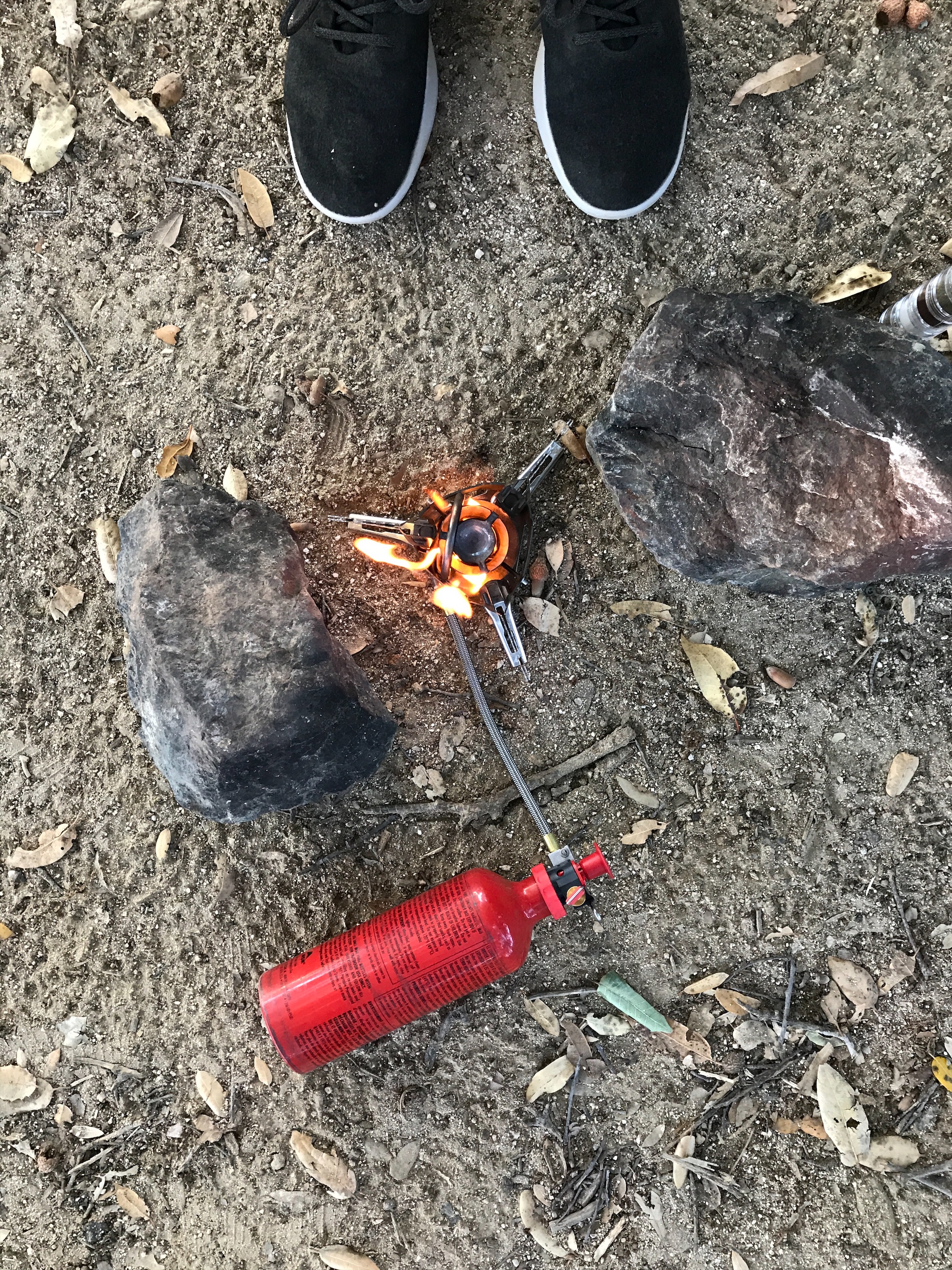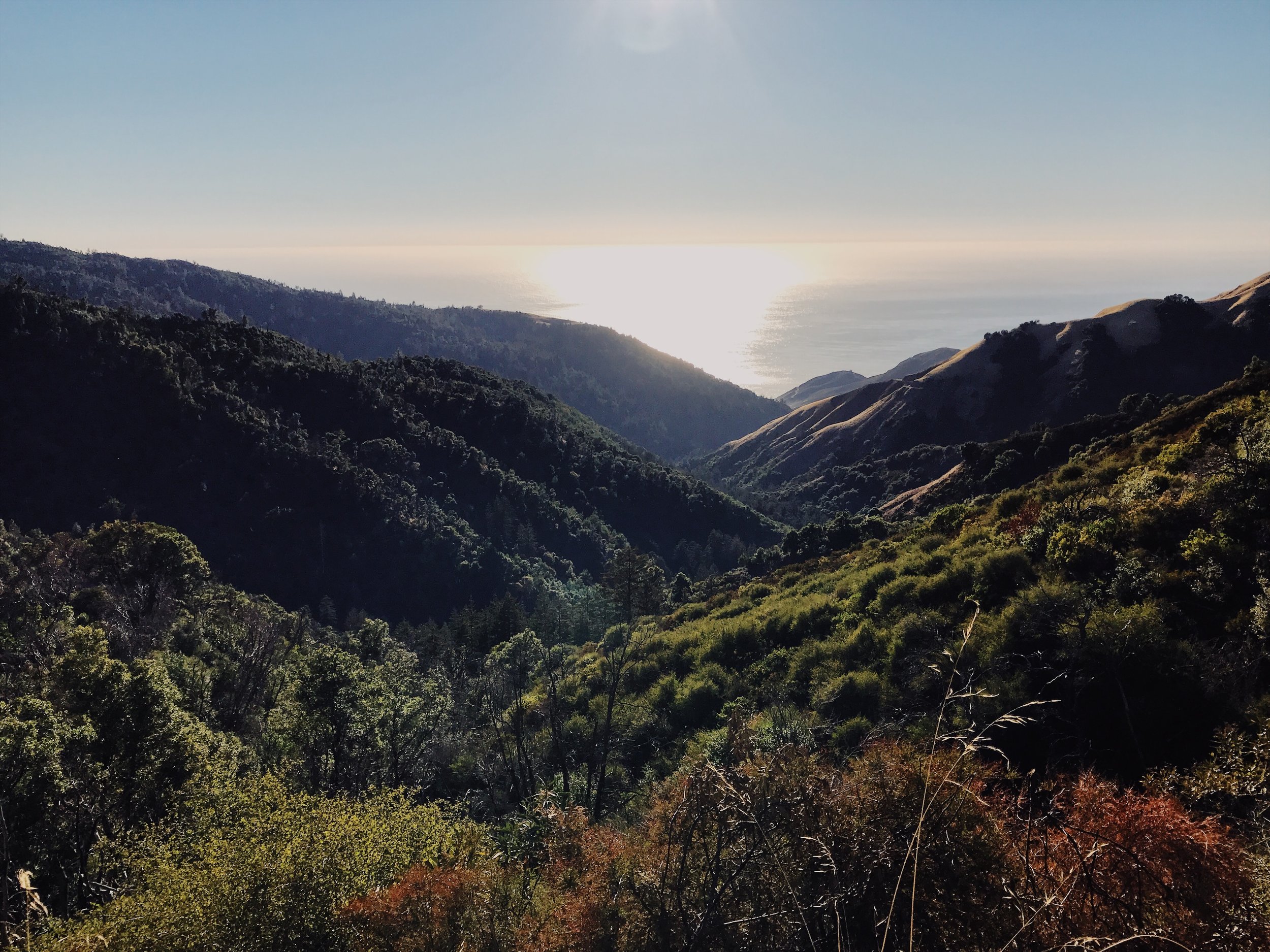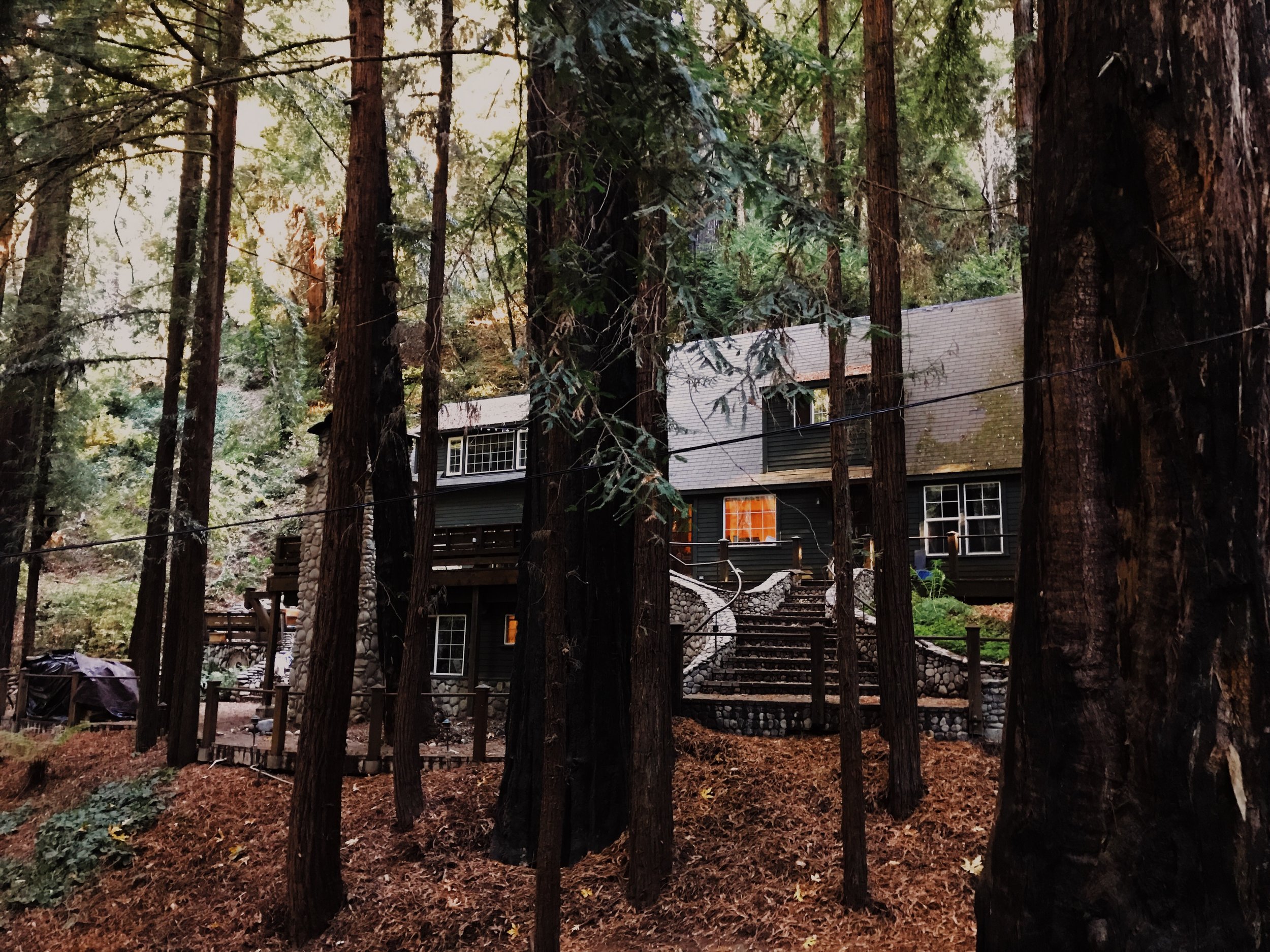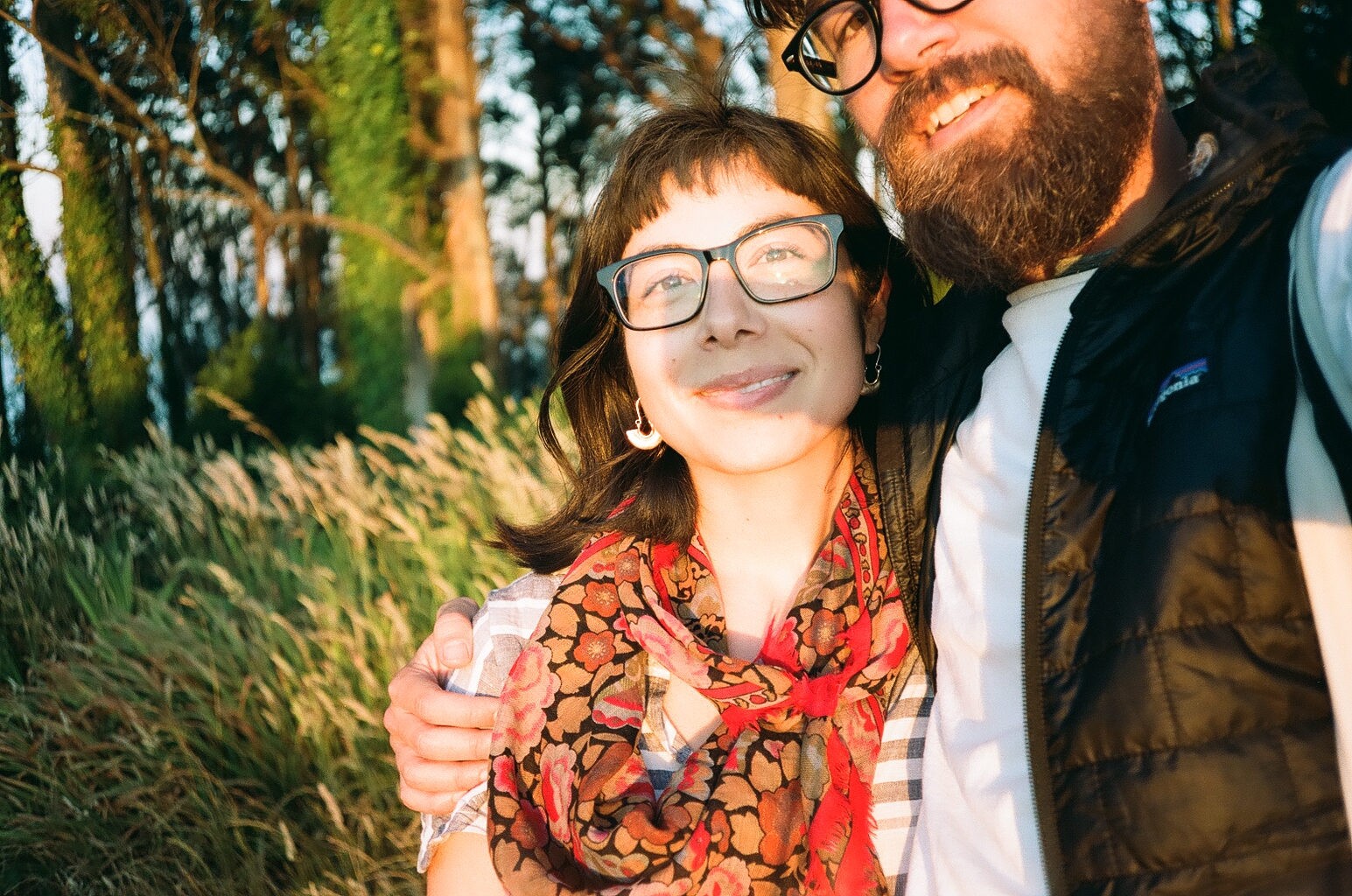On Wednesday, we entered Mexico at Tecate just east of Tijuana. We drove right across the border and, realizing that we were in Mexico, turned around to try to find the customs office. If you are just bringing a vehicle into Baja, you don’t need any special permits, but since we are planning to ferry into the mainland at La Paz, we wanted to go ahead have everything in order. Everyone was very nice and patient as we wandered around. There were no lines anywhere.
We immediately rode East across the peninsula to avoid the madness of Tijuana and Ensenada. Federal Highway 2D, cutting back and forth through the mountains was magnificent. We then continued south on Highway 5 along the Sea of Cortez. Our first stop was San Felipe, a small beach town apparently popular with winter birds. It was quiet and there seemed to be as many Americans as Mexicans in town. After we checked into our Airbnb we took a stroll down the Malecon beach promenade, and ordered a gigantic platter of ceviche (the waitress warned us it was too much, but I persisted) and a couple cervezas. We had made it into Mexico. Our trip had finally begun.
After staying a couple nights, we continued as far as the 5 hugged the coast and picked for our destination Campo Papa Fernandez. The two mile long dirt road to the camp quickly turned to sand. Until then, I had no experience riding in sand, let alone with a passenger and fully loaded with luggage. I tried to take it slow. Things were going fine until we hit a deep spot of sand. The front tire dipped to the left and then harder to the right. I couldn't correct it and the bike spun ninety degrees and we flopped over. We weren’t hurt, so I switched off the fuel, took a couple pictures and together we lifted the bike up.
It struck me that falling off a bike isn’t a very far fall at all. Almost as soon as you realize the bike is going down, the fall is over.
I was pretty confident I could have avoided the fall if we had been standing on the pegs, as you should do when riding off-road. So we continued, standing. I navigated a few rough patches and was feeling pretty good. We must have hit another deep spot though, because before I knew it the bike was down and Diana was on top of me. The camp was within sight, and Diana’s foot was starting to hurt from the first fall, so we decided to just walk the bike the rest of the way.
The camp appeared to be a loose collection of shacks, broken down buses and RVs nestled on the shores of a beautiful bay. The proprietor was surprised to see us and concerned about our falls along the road. We asked about camping and he pointed to a steep rocky hill. “El otro lado.” On the other side. I wasn’t excited about climbing a hill at that moment, but it looked alright. Diana walked behind me in case I dropped the bike again.
As we set up camp, we felt like we had struck gold. It was everything we had hoped for, quiet, secluded, and picturesque. There were even pit toilets, though somewhat dilapidated. A family in as Subaru were the only other people on the beach.
The next day, we continued south. We were feeling good and glad to be back on tarmac after our brief stint on the sand. Just a few miles down the road however, the way was blocked and a large orange sign read “Desviacion.” I assumed, correctly, that meant “Detour” and followed where it pointed, down off the highway to a rutted, gravelly path that only scarcely resembled a road. We had no choice but to continue.
Several miles later, my lifetime off-roading time now doubled, we came across some Mexicans with ATVs. Breathing hard, I asked how much further this continued.
“One mile, then you go up on a bridge. The road there is so good.”
The road there is so good.
I was energized by the thought of soon being back on solid tarmac. We found the bridge we was talking about, but the path up to it was daunting. It was short, but deeply rutted, sandy, and probably the steepest slope I’ve ever climbed (which in the grand scheme of hill climbing, isn’t saying much). I was confident and, compelled by the thought of sweet sweet pavement, we began the assent. We climbed slowly upward. I little too slowly in fact. About three quarters of the way up, the bike stalled. I grabbed the front brake, but began sliding backward on the loose sand. Without any momentum, I couldn’t hold the bike up and we tipped and fell softly into the hillside.
It was a tricky spot to lift the bike, and would have been easy to accidentally tip it over on the other side, but together we managed to do it. I mounted the bike, and Diana stacked some large rocks behind my rear tire for traction. She would walk the rest of the way up. I gunned the bike to a start as I let off the brake, it lurched forward, digging into the sand, I let off the gas slightly to get more traction and then gave it some more gas to get over a bump. From there it was easy and I made it to the top. But there was no tarmac. There was just more dirt road as far as I could see.
It’s all relative I guess.
On the bright side, it did more closely resemble a road and it did not appear to be as rocky, but who knew how long that would last. We had seen no signs since the desviacion began. We had no service on our phones. And, though we had maps, none of them had this road marked. The road would fork and merge, begin to fade and then reappear. There was even one short patch of brand new, smooth pavement sandwiched between dirt roads. Occasionally, a 4x4 vehicle or a gaggle of dirtbikers would race past us. They appeared to be going somewhere. We came across some abandoned road working vehicles. So someone is working on this road, I thought. One dirt mover was operating in the distance, a young man was hanging out of the window. He whistled. I stopped. He waved. I nodded.
All around us, infinitely in all directions, was rugged, undisturbed, desert beauty. But I did not have the mental space to notice it, all of my energy was exhausted in focusing completely and simultaneously on the road ahead and the rocks directly in front of my tire.
We met one man out there in the depths of the desert. His abode was listed on the single road sign we saw, Coco’s Corner. We stopped to rest. Several other vehicles were stopped as well. A couple men were under the hood of a small SUV. A barbed wire fence was decorated with thousands of sun-faded cans of Tecate and Pacifico. A sign hung in the air, also constructed out of beer cans, Coco’s Corner. There was a small flat-roofed structure with women’s underwear pinned to its outer wall. A couple of truck camper shells sat in the sand.
I was not sure what to think of the place. Why did it exist out here so far from everything? The door to the building was open, so we walked inside. Every inch of the walls were covered with photographs, every inch of the ceiling strung with women’s panties. A very small bed with threadbare blankets huddled in the corner. On the far wall was a counter and window like at a shop, and behind it an old man sat holding a hammer, preoccupied with some piece of machinery he held in his hand. A couple of other people stood inside and he seemed to be helping them with something. He appeared to be Coco. This appeared to be his corner.
He appeared to be Coco. This appeared to be his corner.
He made no indication that he noticed our entry, but continued talking in an aggressive, gravelly voice with the other couple. He rolled around to the doorway by the counter. He rolled because he was in a wheelchair, and he was in a wheelchair, it soon became obvious, because he was missing his legs below his knees. He rolled directly up to me. His face was like a bulldog’s focused on its prey. I was stunned. He barked something at me in Spanish, but I could not make out a word. I stood there dumbly. We wanted to know how much further it was to Highway 1, Diana said in Spanish.
“Veinte kilometros,” he replied but it gets much worse from here. It sounded like a threat, or a challenge. “¿A donde vas?”
La Paz, Diana responded. He had not taken his eyes off me. Sí, La Paz, I repeated. He laughed hoarsely, “mañana,” he said as he turned his back to us. “Mañana.”
There were so many things I wanted to ask him. What was he doing out here? Was he all alone? Was that a picture of him crossing Baja on a motorcycle in 1954? But it seemed that our audience with this desert king was finished and it was time for us to leave his small kingdom.
Slowly we plodded onward, but the road was not as bad as he had led us to believe. It was just bad. I had deflated the pressure in my tires to ride better off-road and this made a huge difference. We still had plenty of daylight left and we just needed to get to the highway where we would find some towns and a place to stay for the night. The road continued to offer up new and surprising challenges. The worst was a stretch of a few hundred meters that was being prepared to be tarred over. Large, fist-sized rocks evenly covered the entire surface. The tires bounced and rolled irregularly over them. To the left and the right, the road fell off ten or so feet to the desert below. I feared falling here, but if I slowed down, the bike got harder to control. I tried to maintain the minimum speed I needed to keep control. When it came to an end, I was relieved to return to dirt.
A couple hours after leaving Coco’s Corner I saw, gliding across the horizon, the silhouettes of semi-trucks. That was the first sign that we were approaching the highway. Soon we arrived at the pavement. There was no merger or anything. The dirt of Highway 5 simply butted up, unceremoniously, with the pavement of Highway 1. I re-inflated my tires, and we took off, seeming to glide across the glassy smooth asphalt.
We stopped in the small town of Rosarito for the night. This morning I woke up feeling stiff from the five hours of off-road riding and ill from dinner so we have decided to postpone our departure one more night and rest up.
